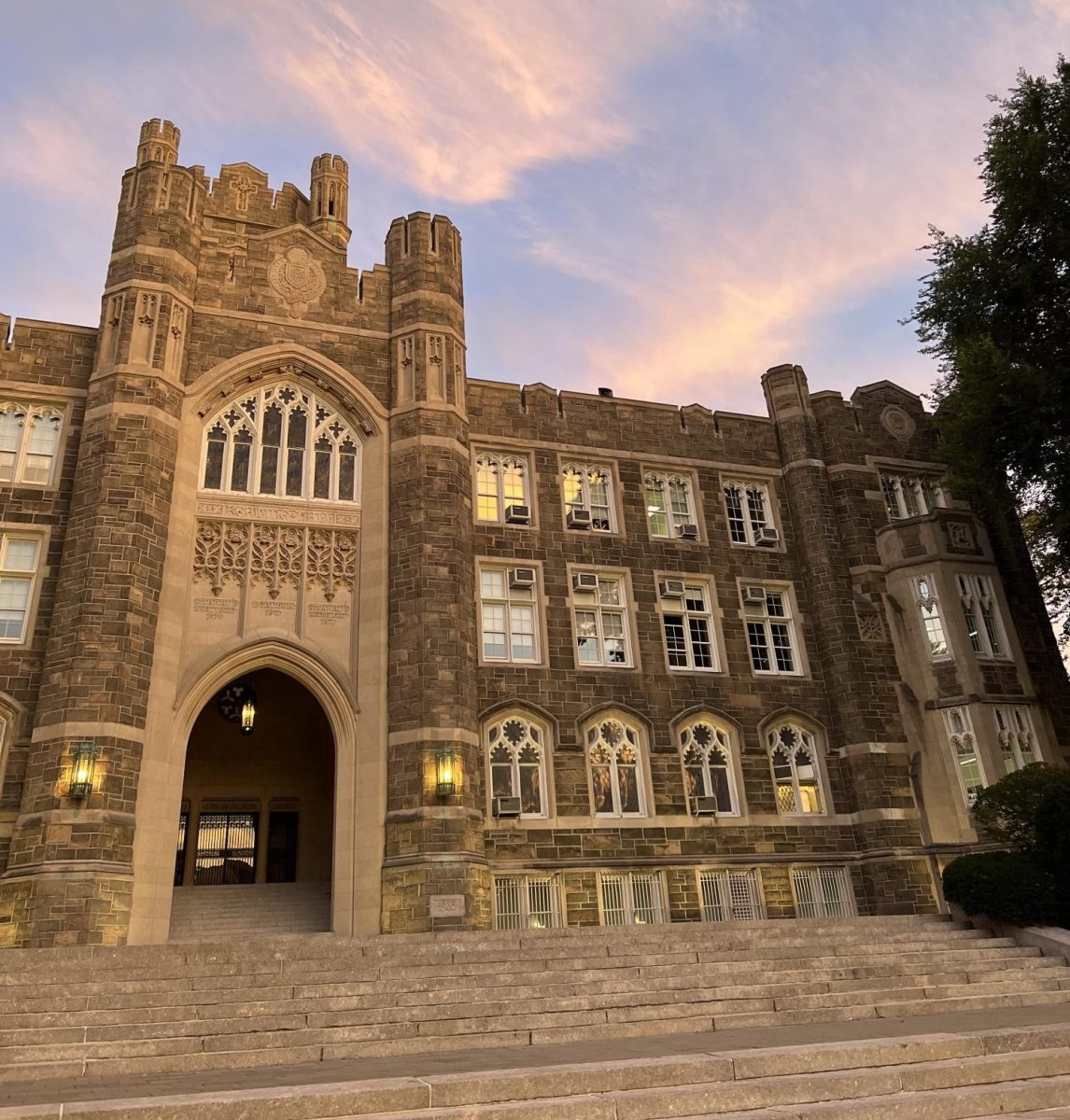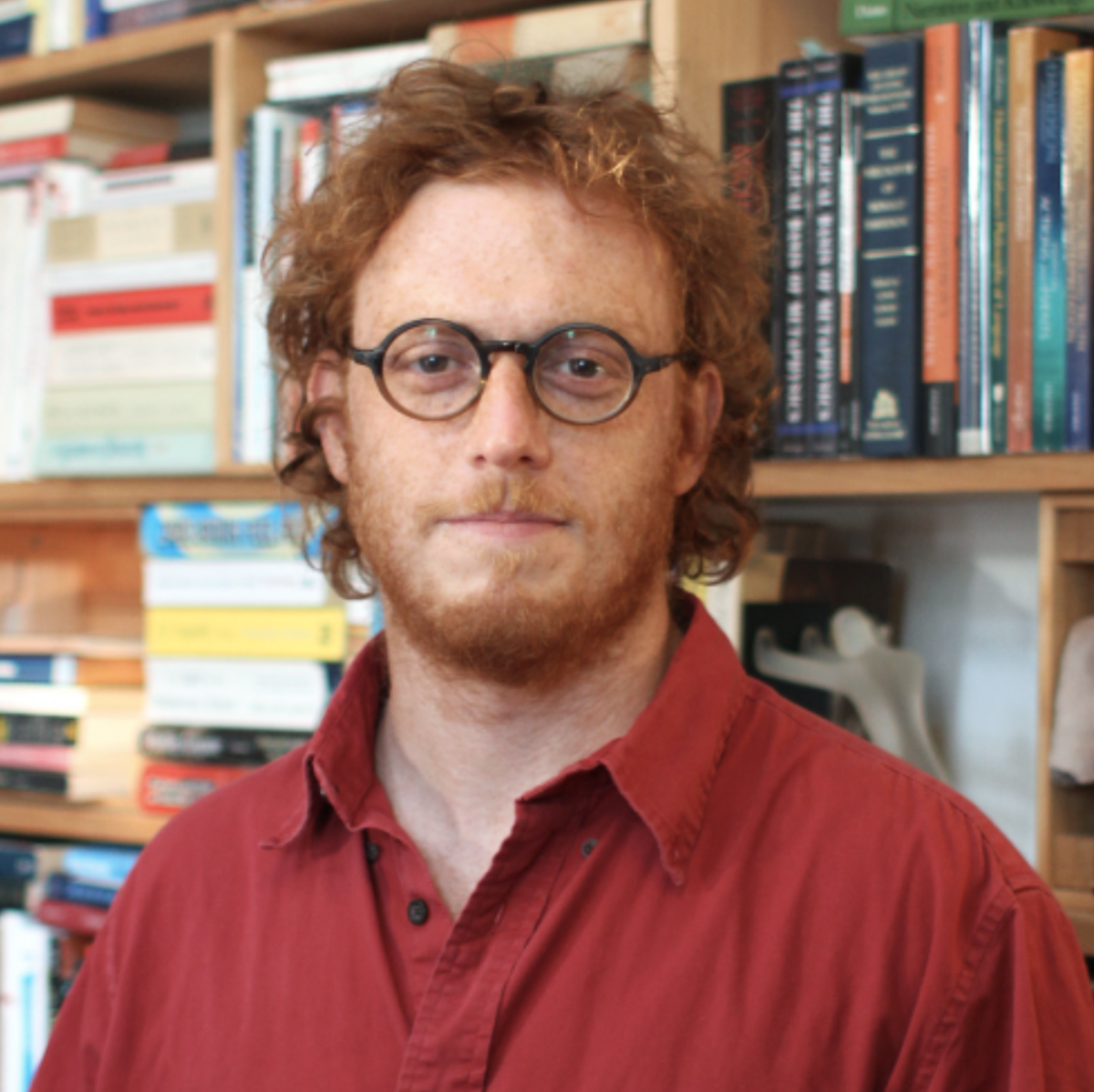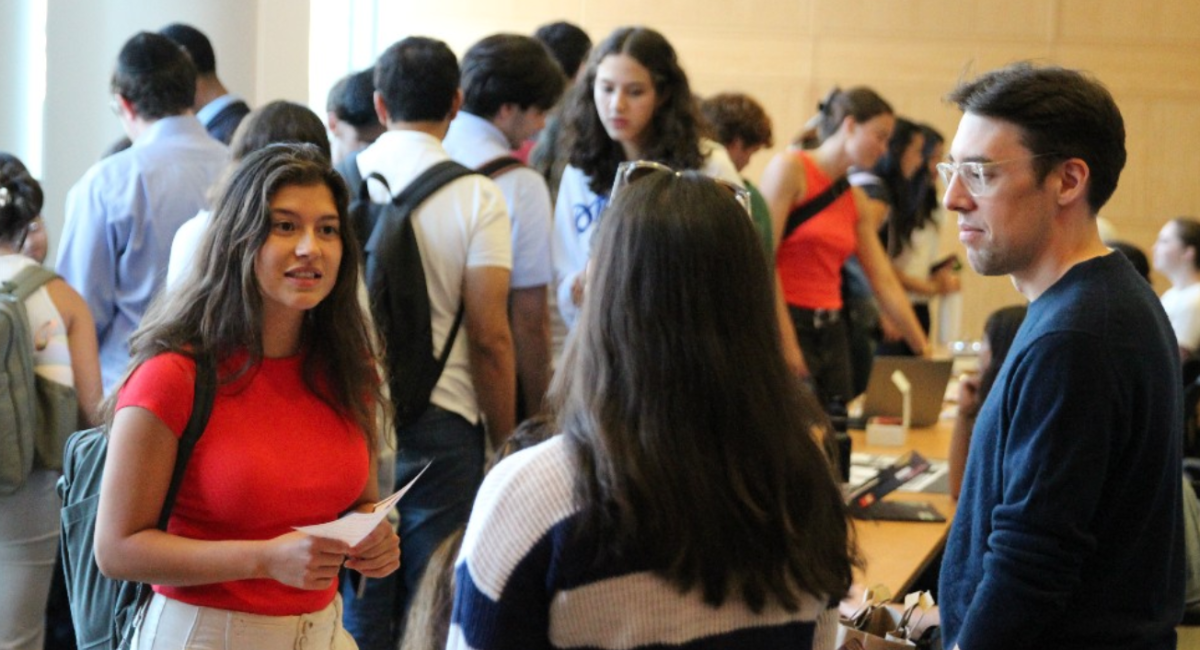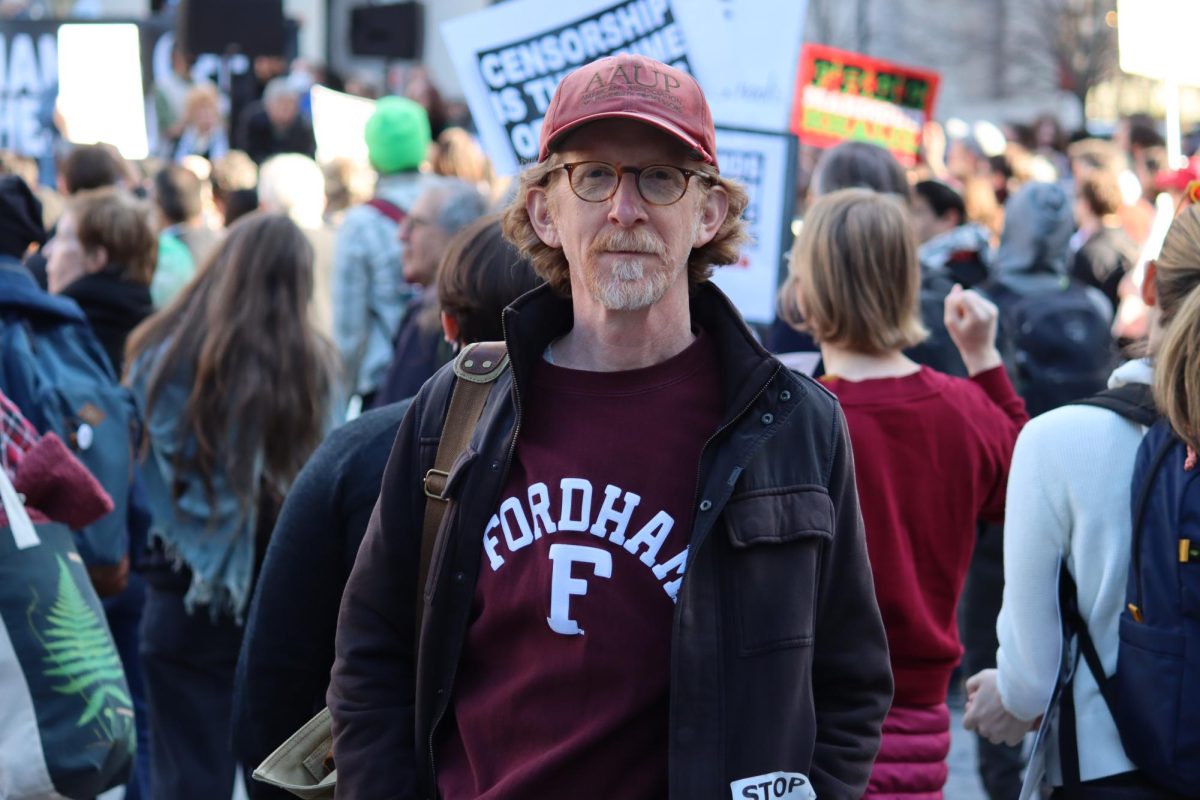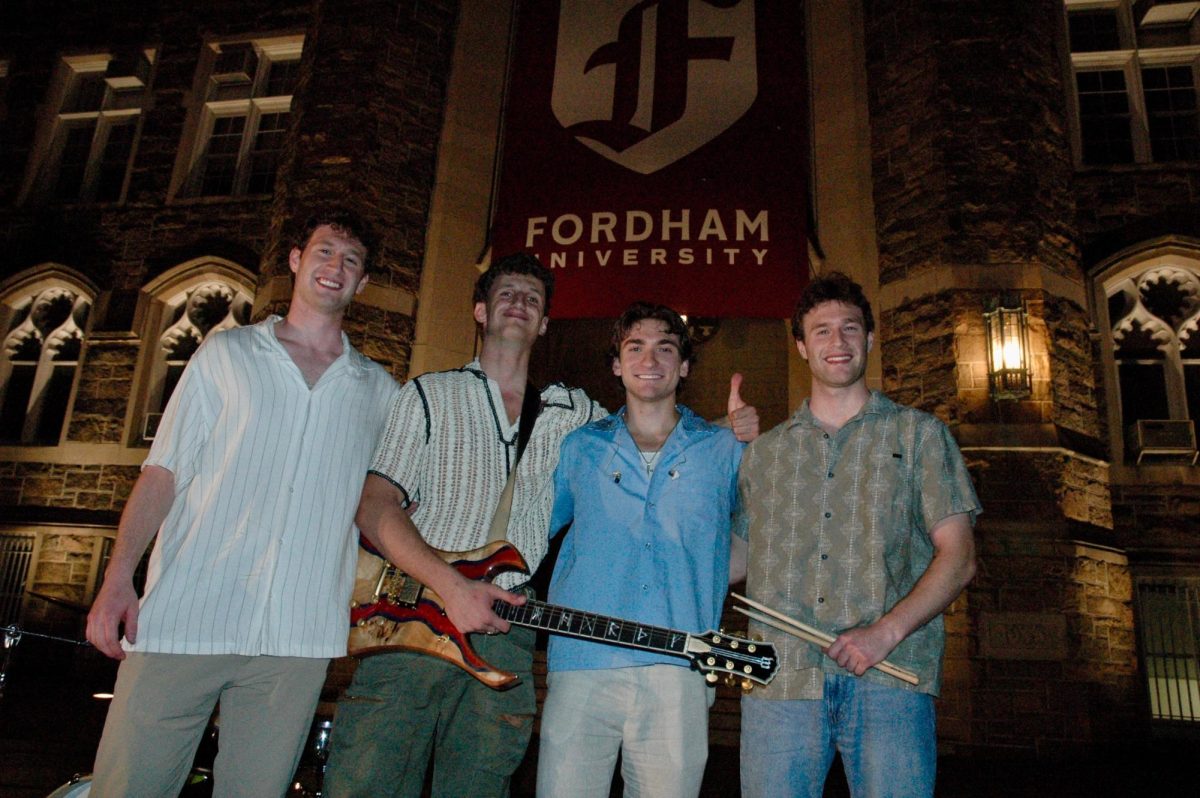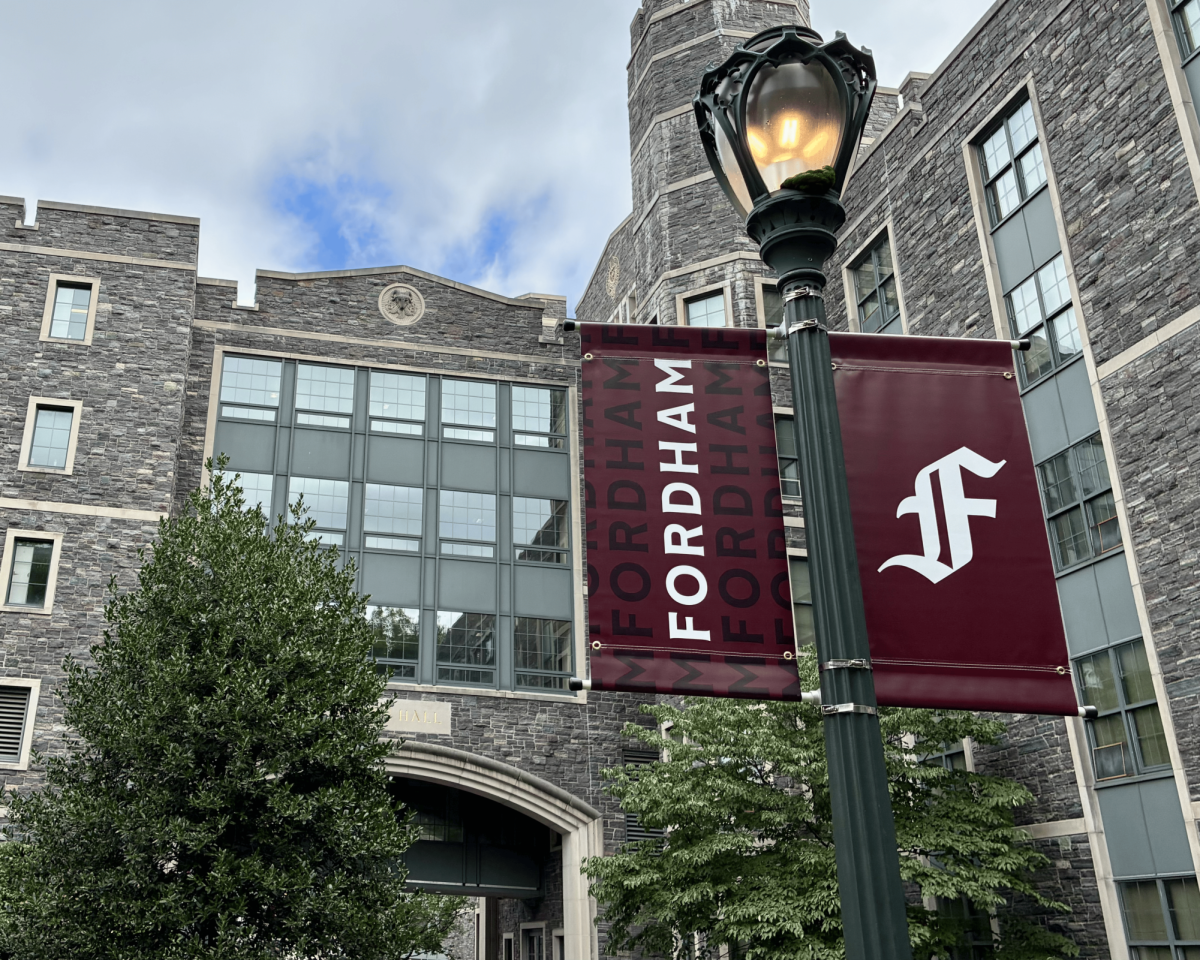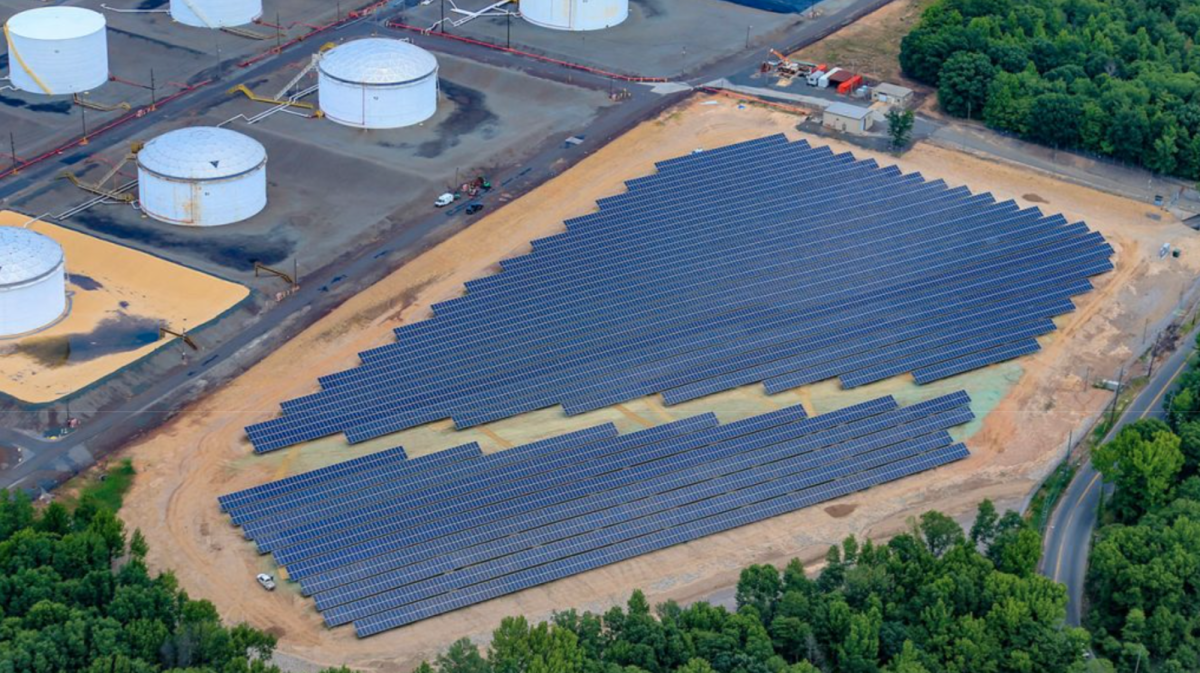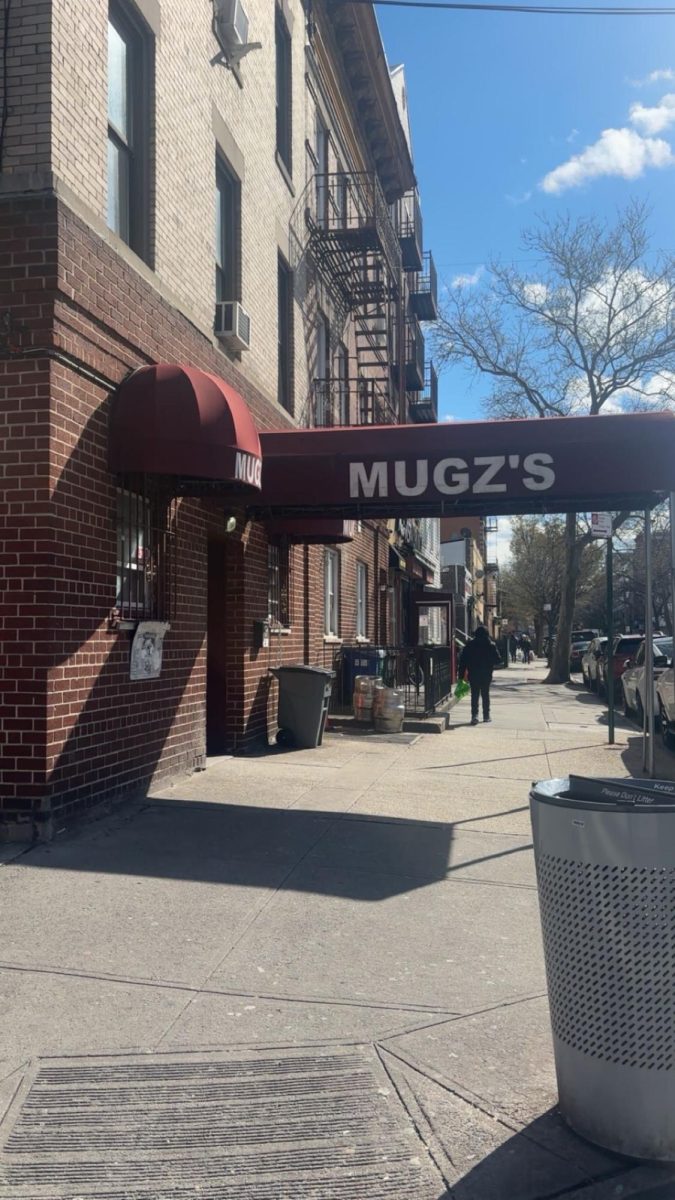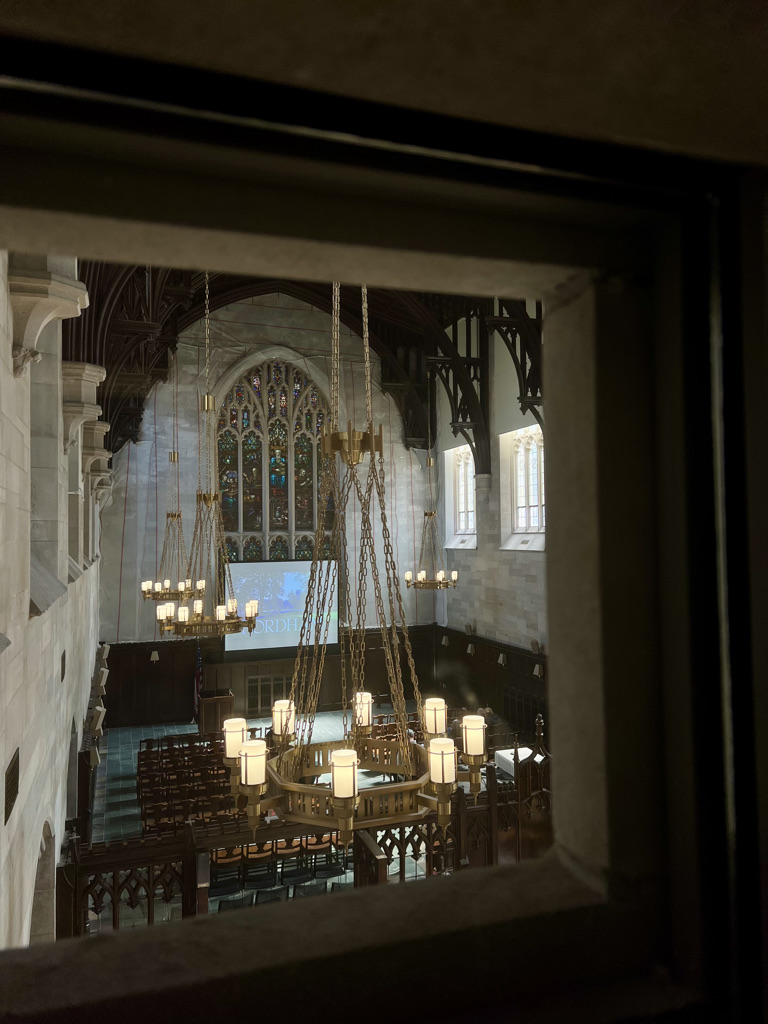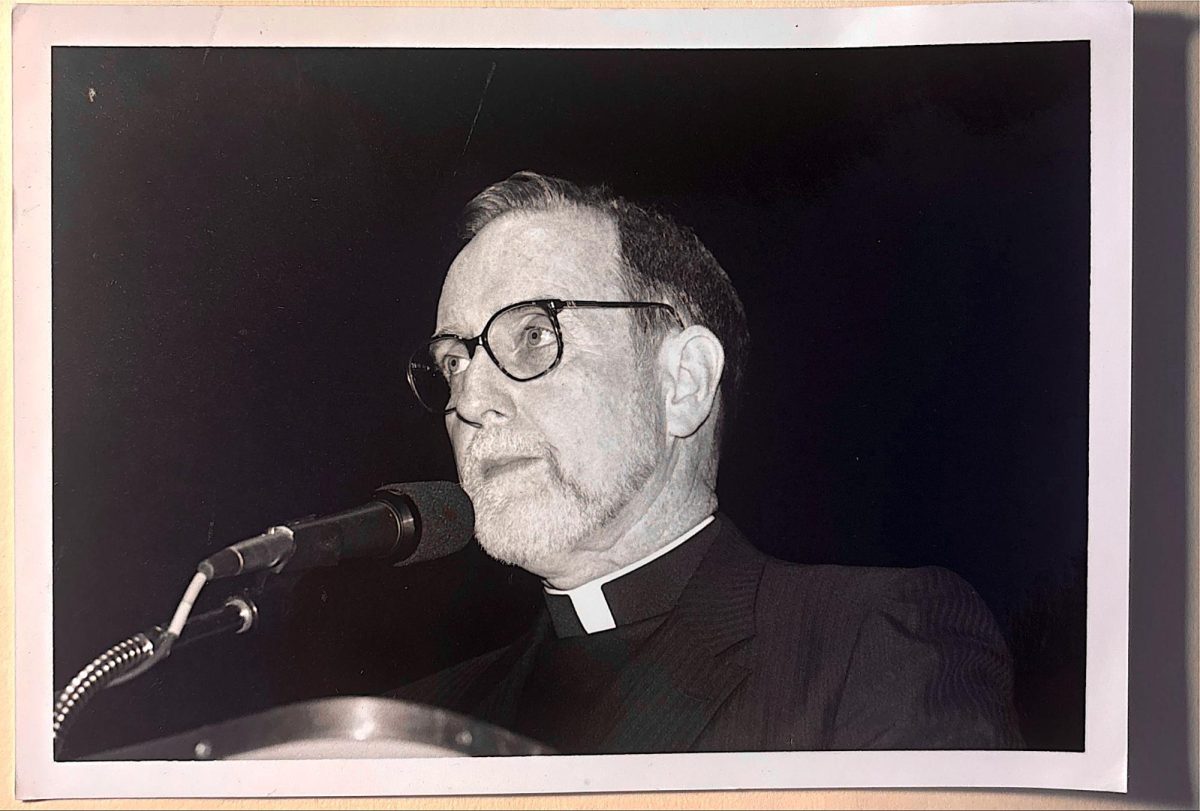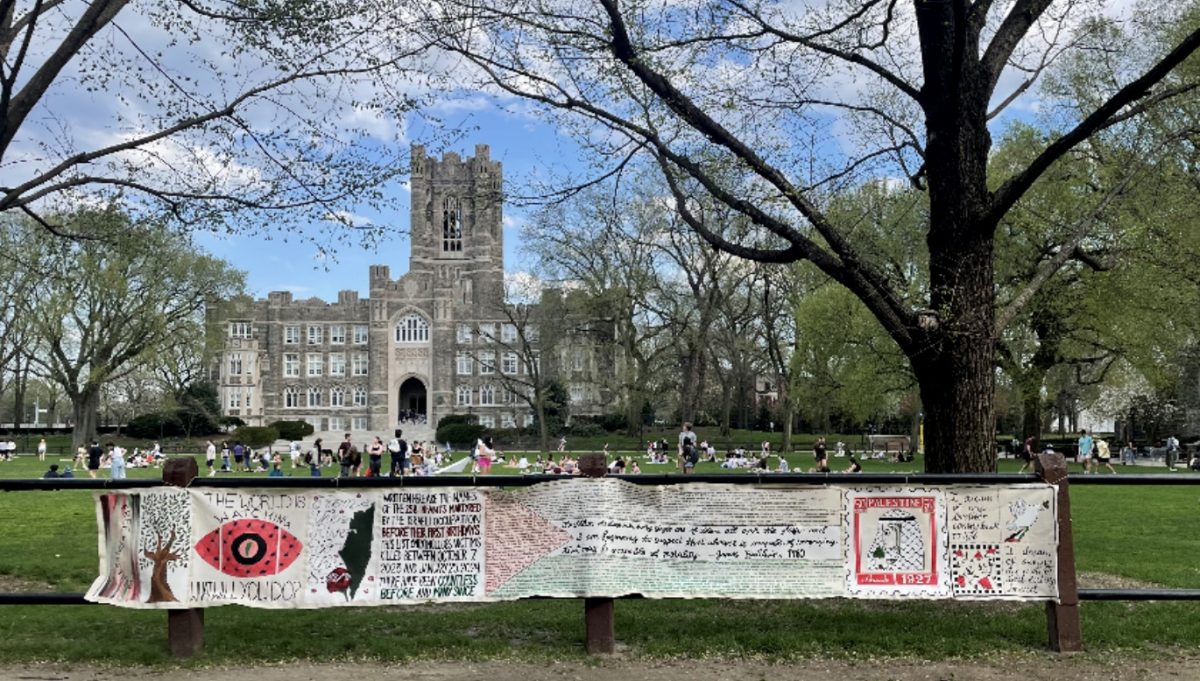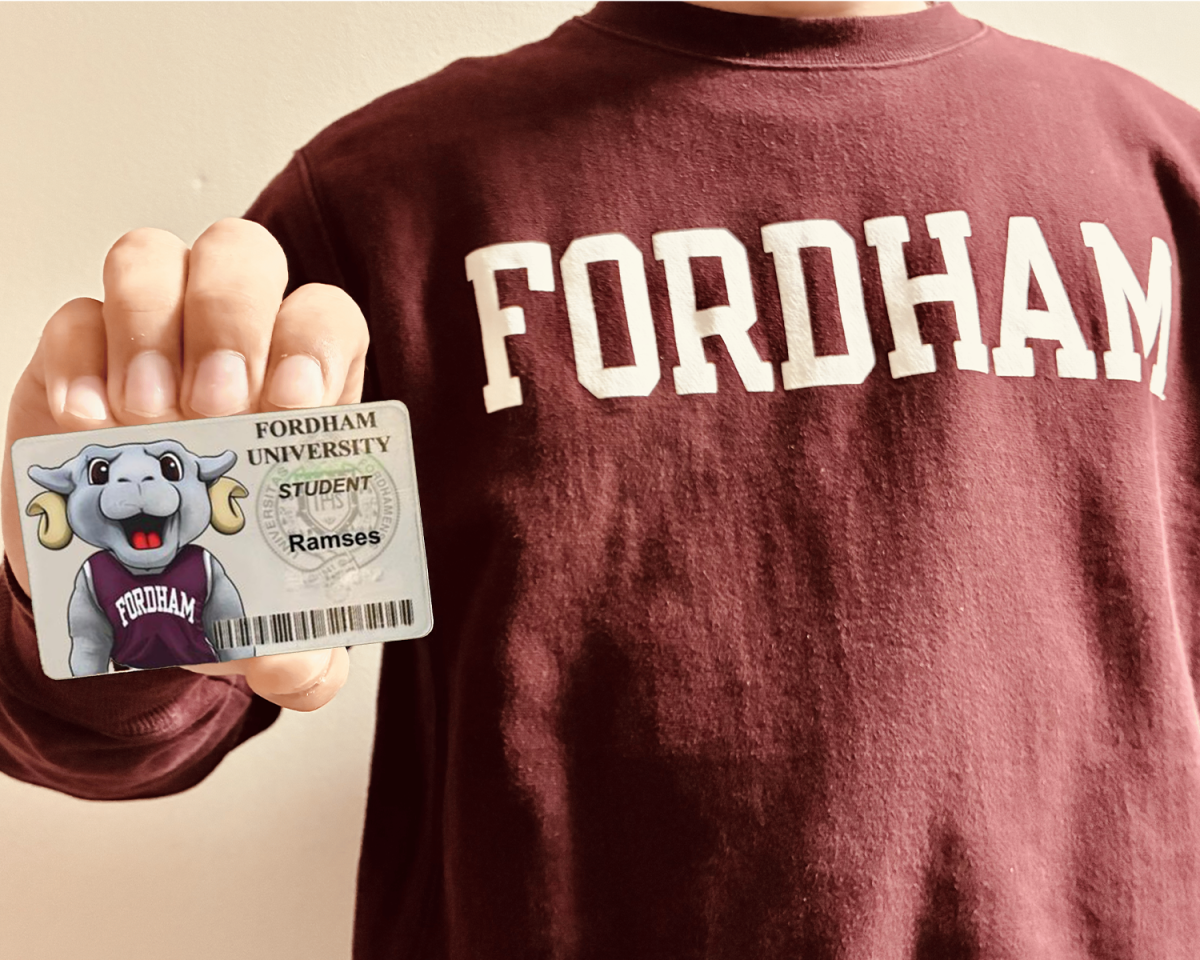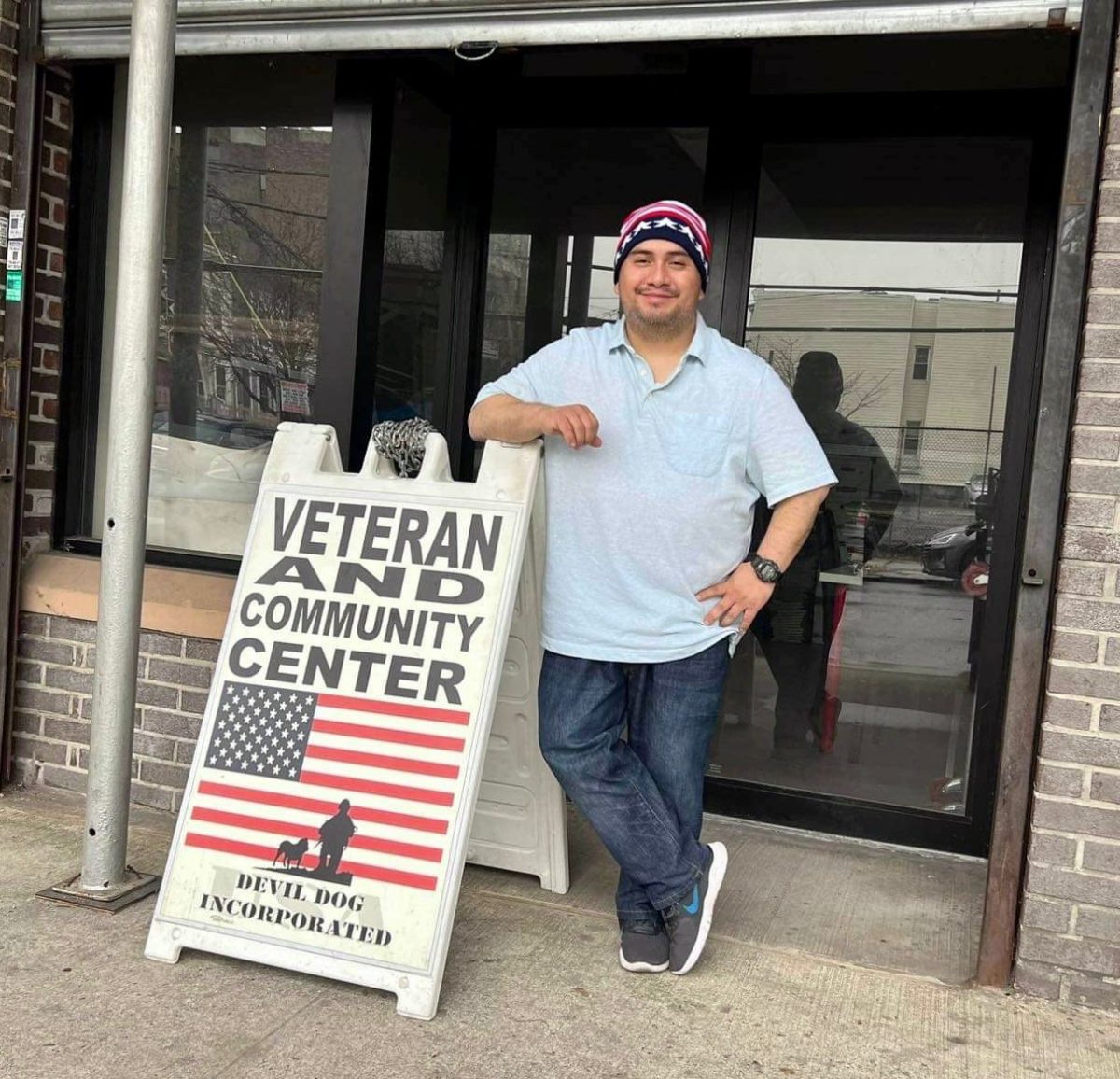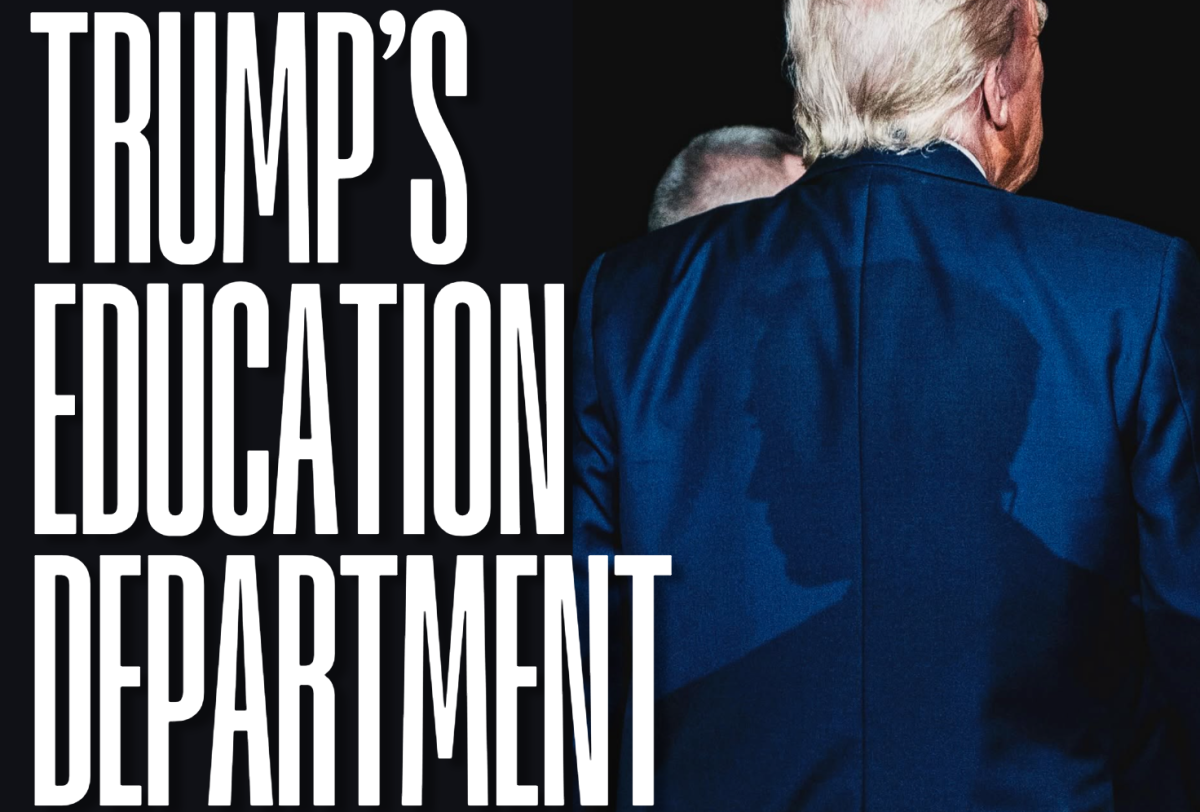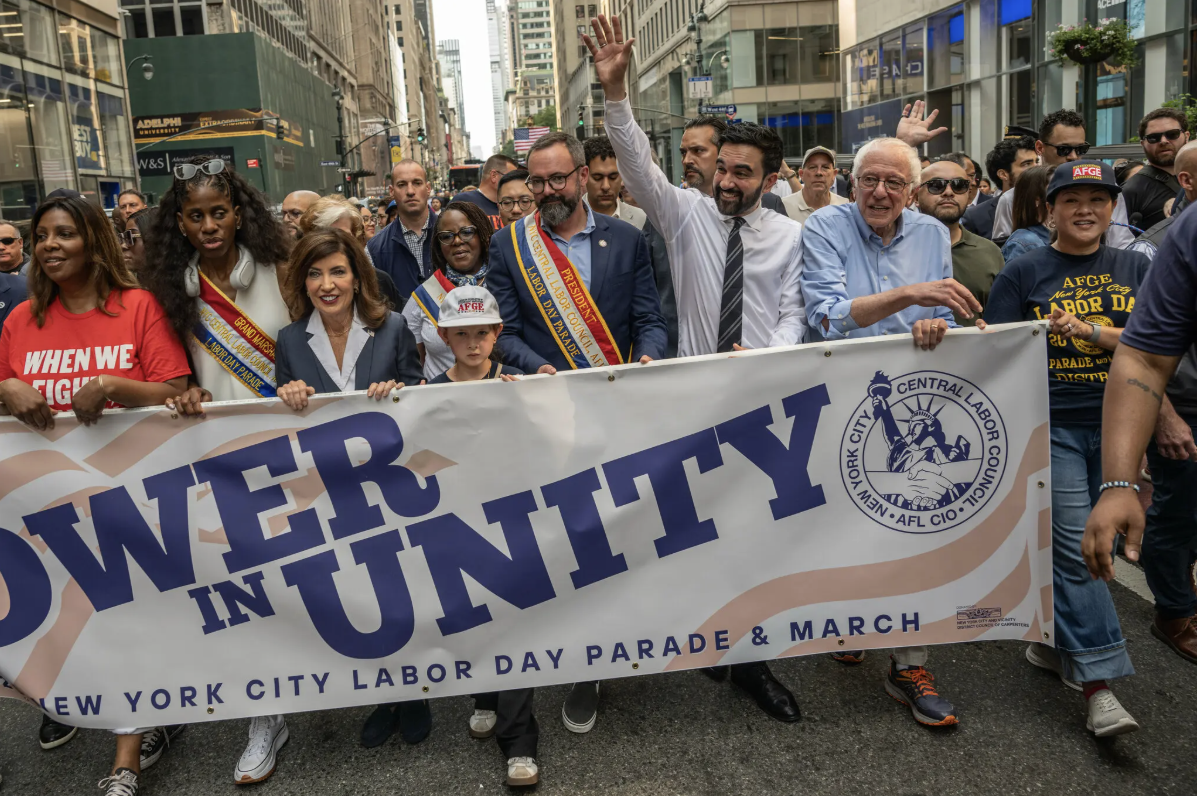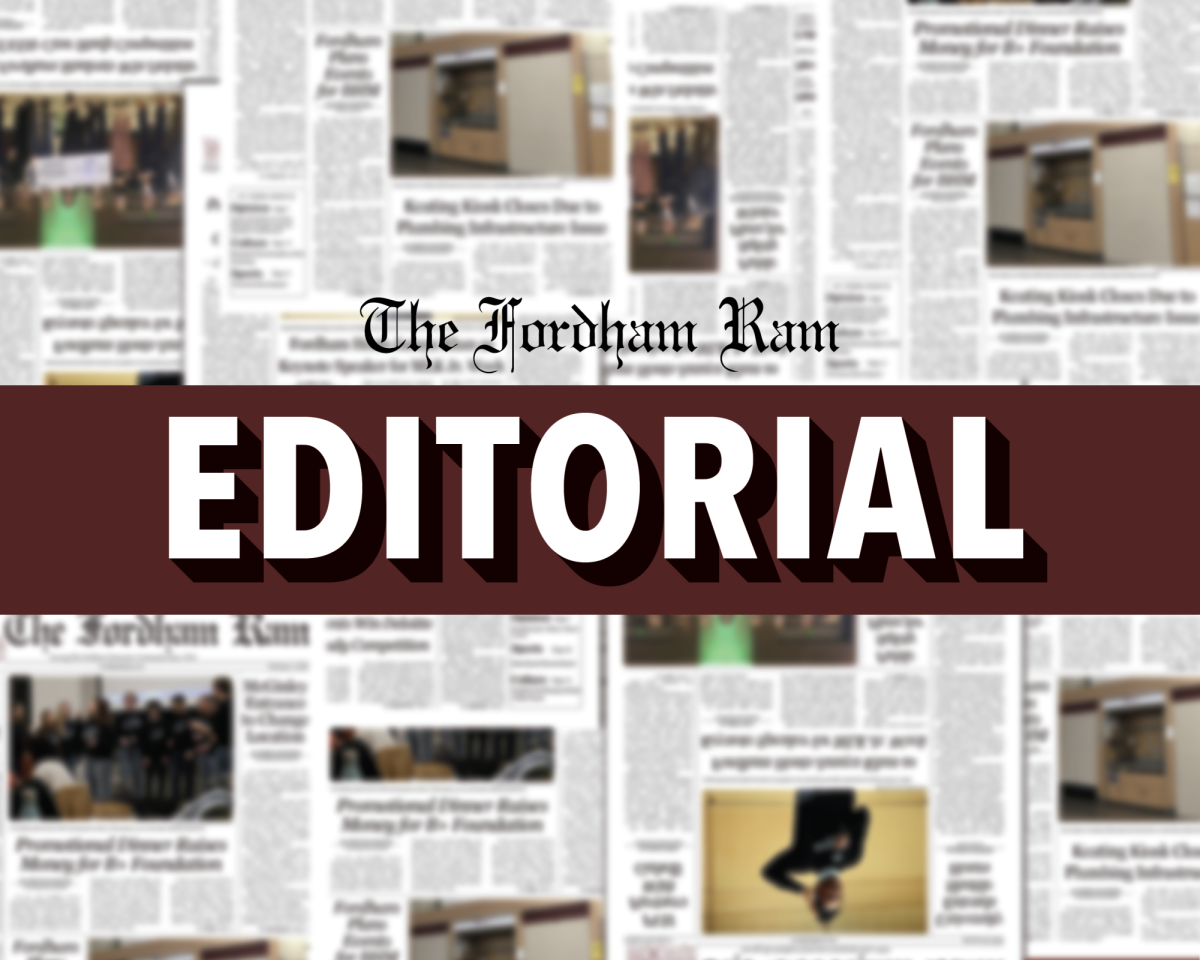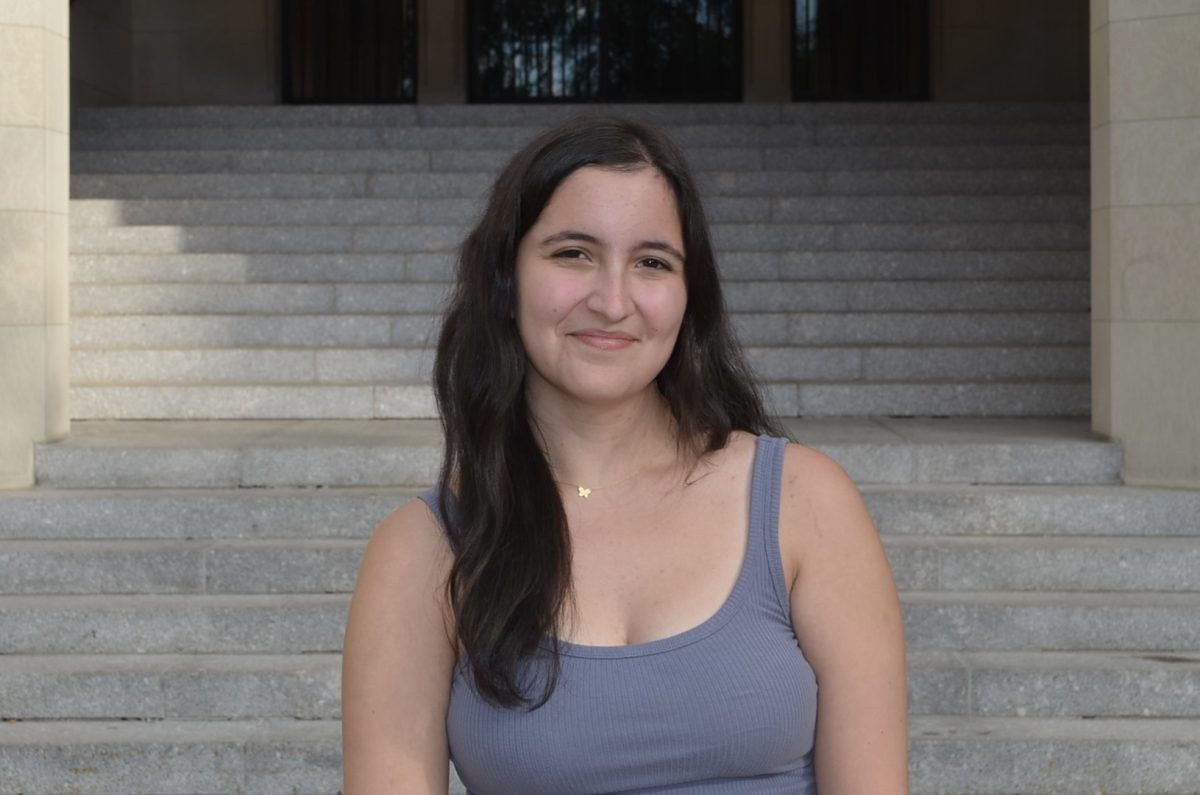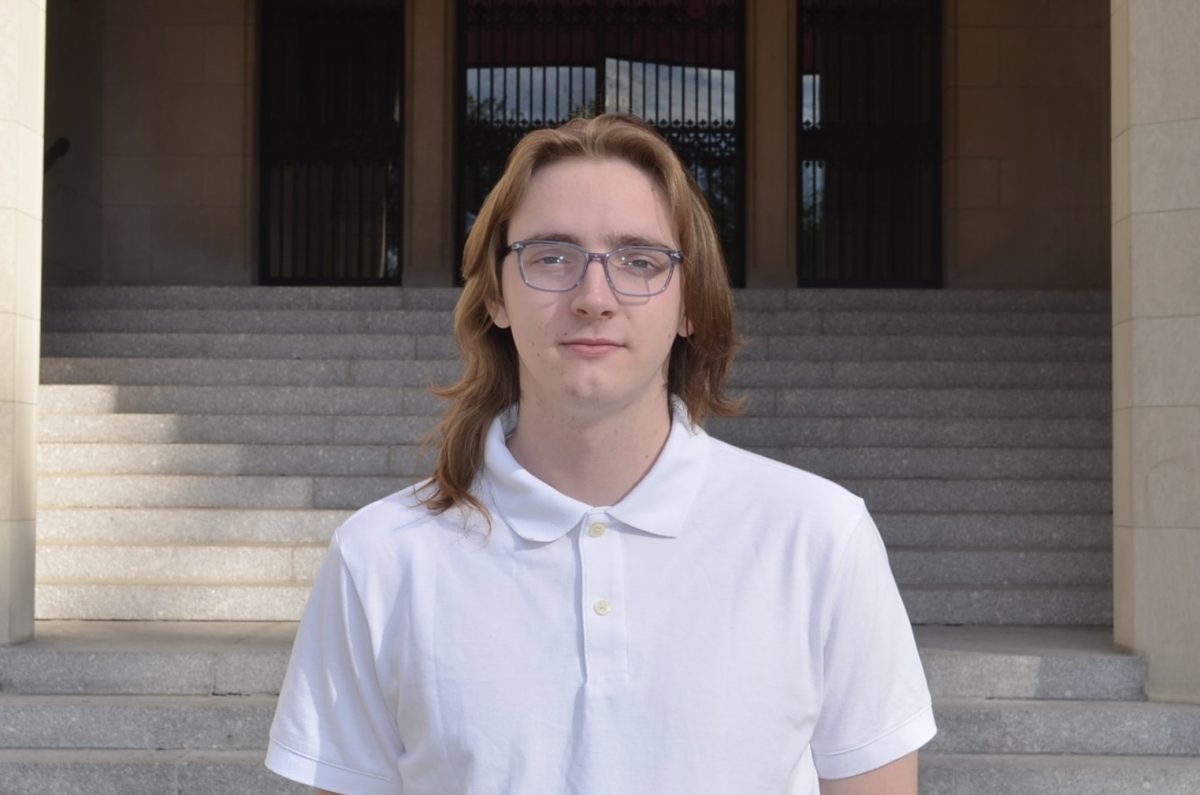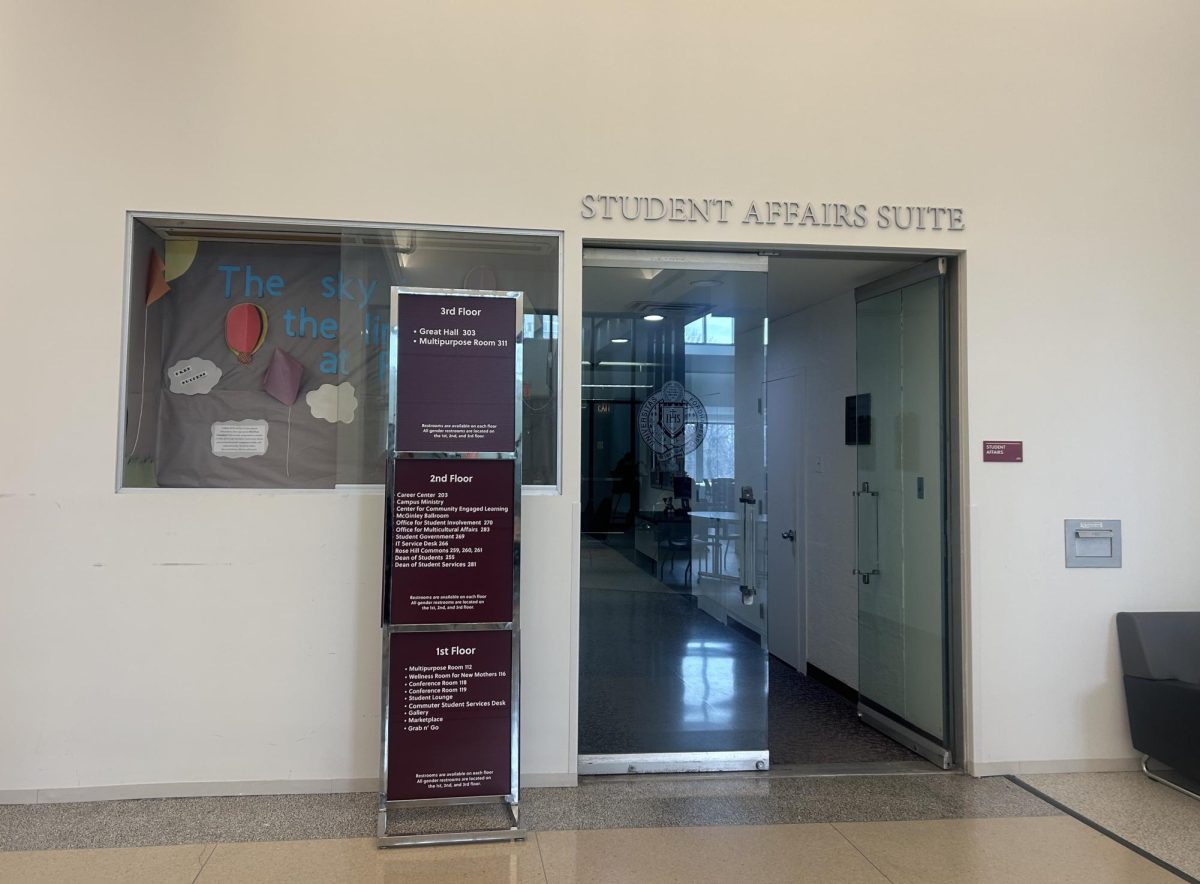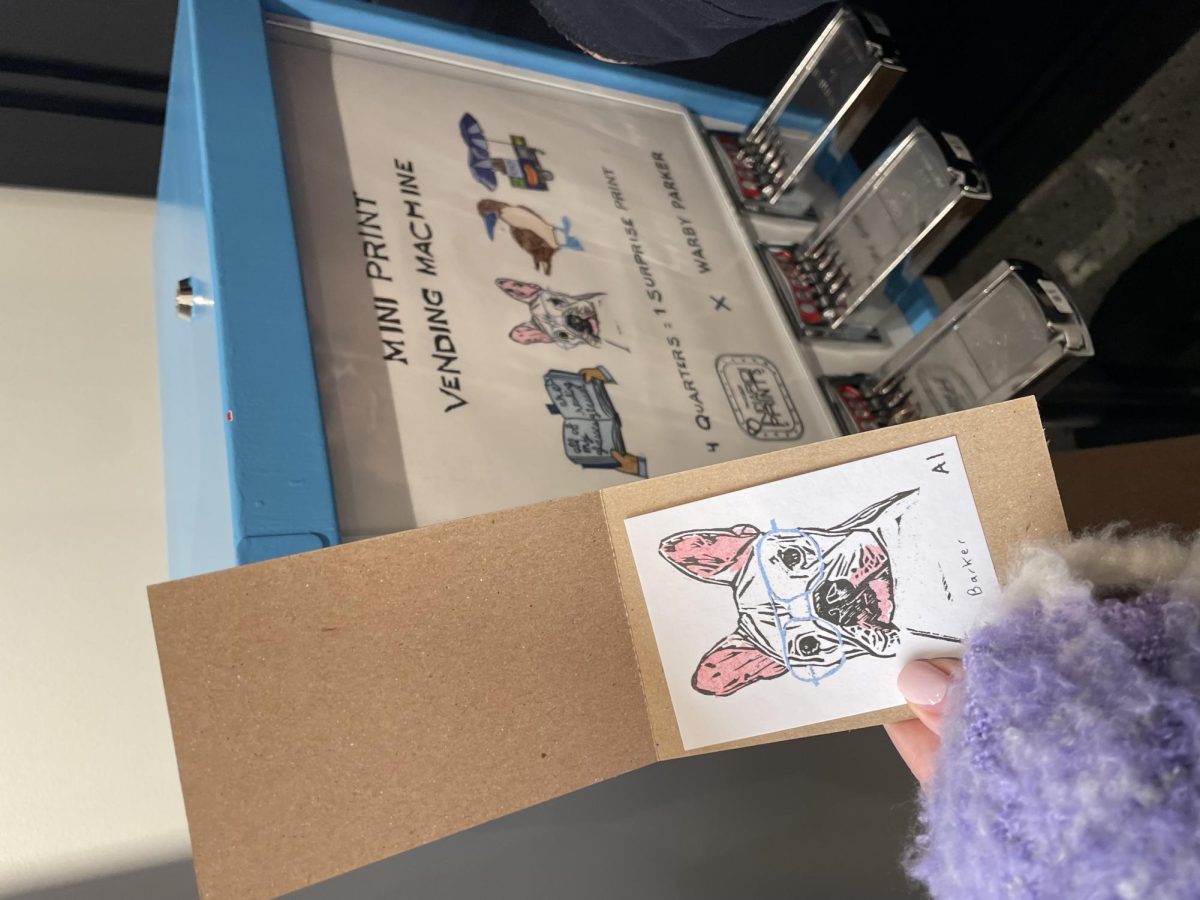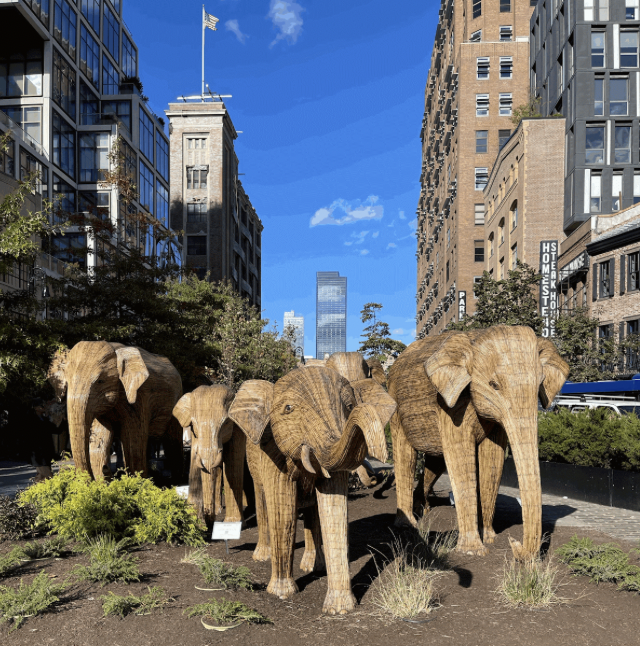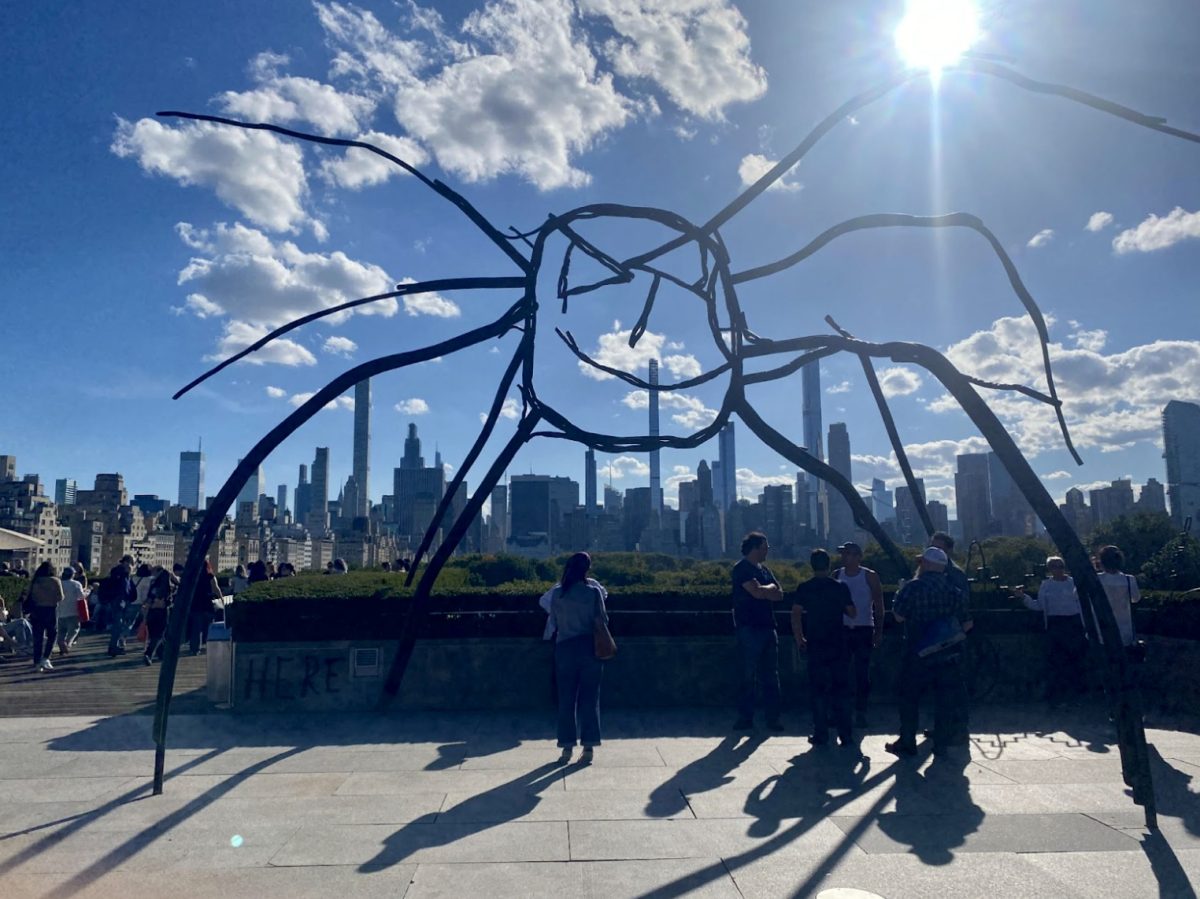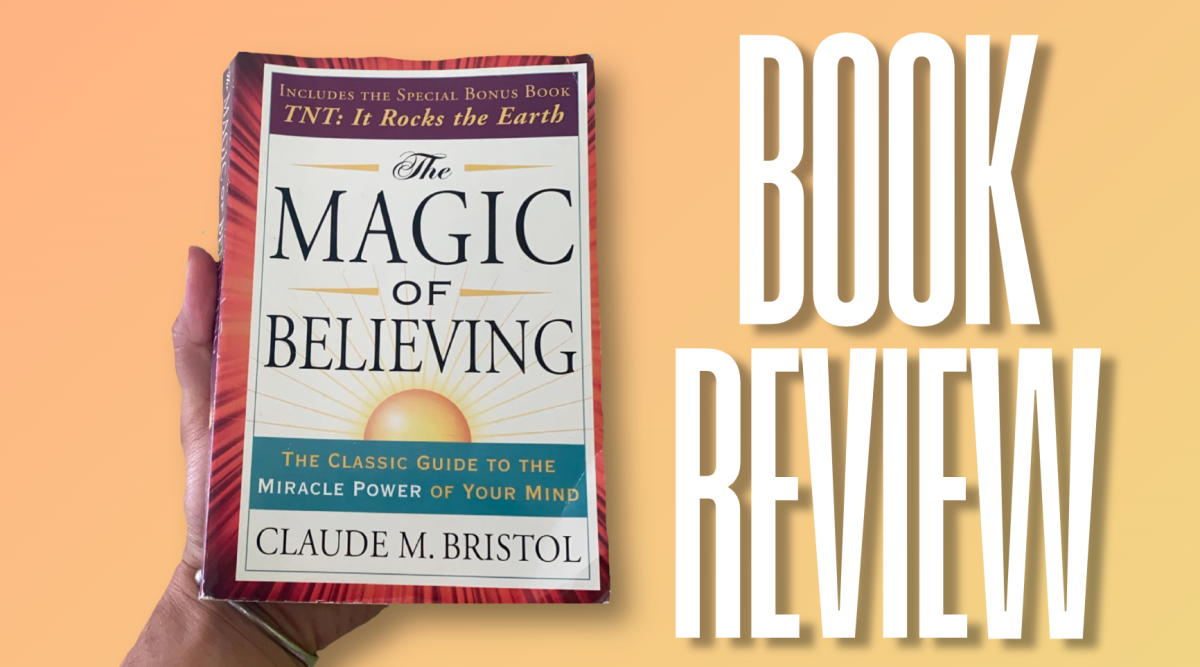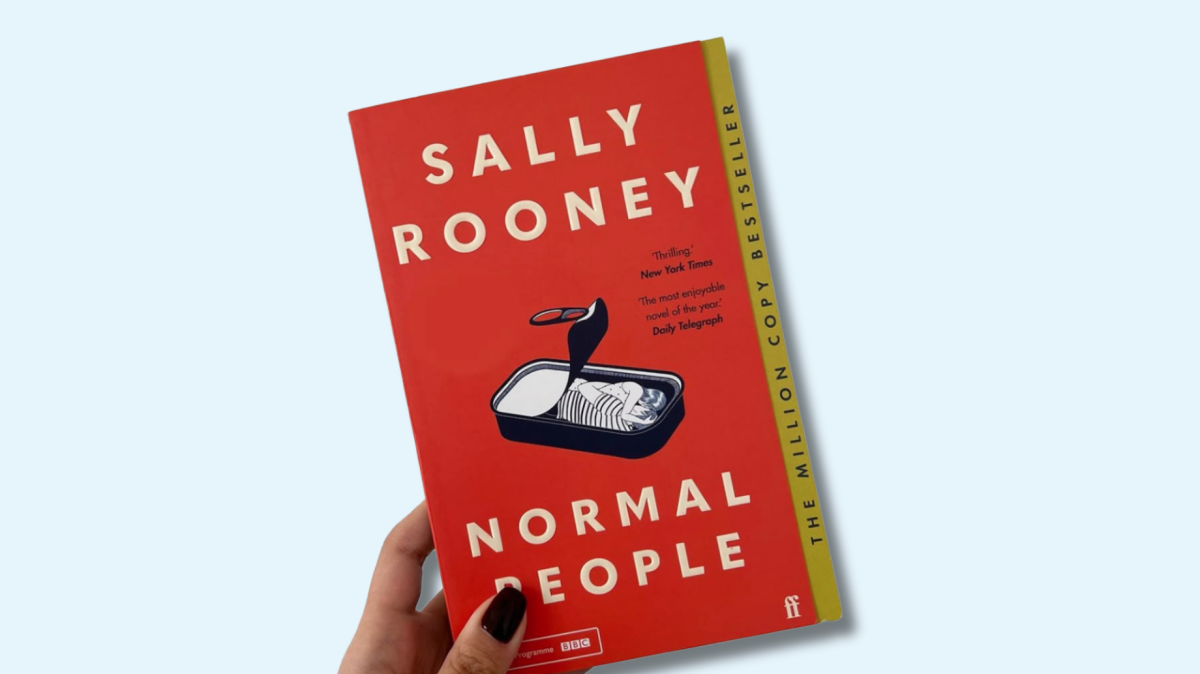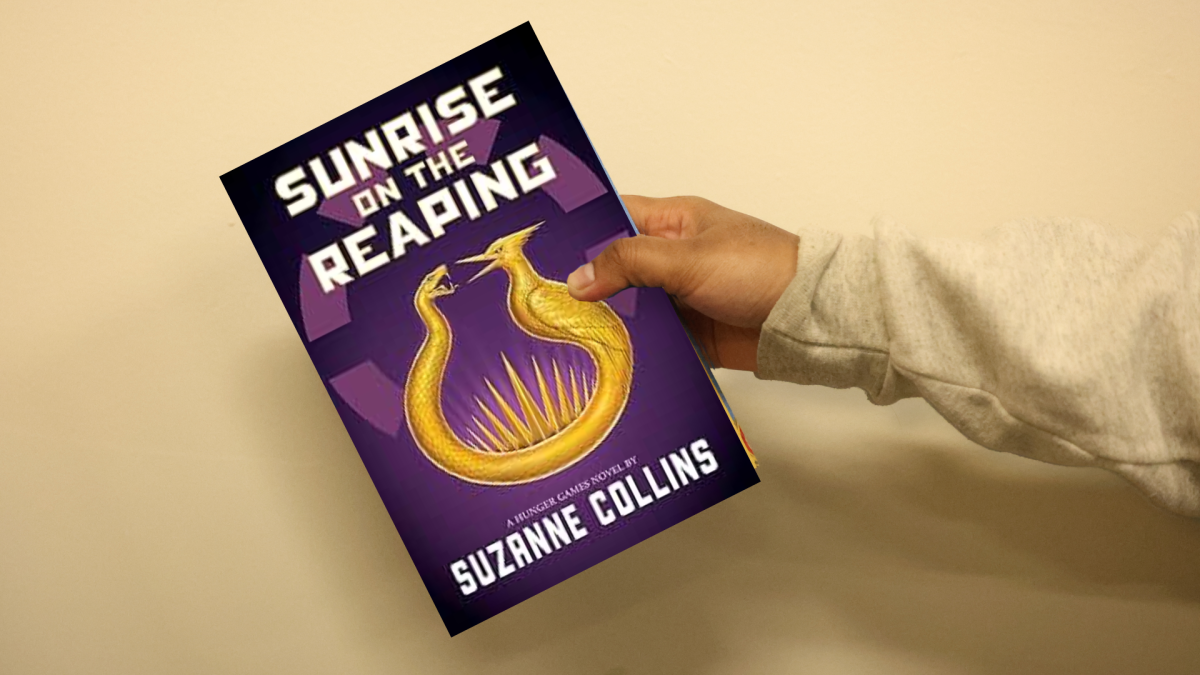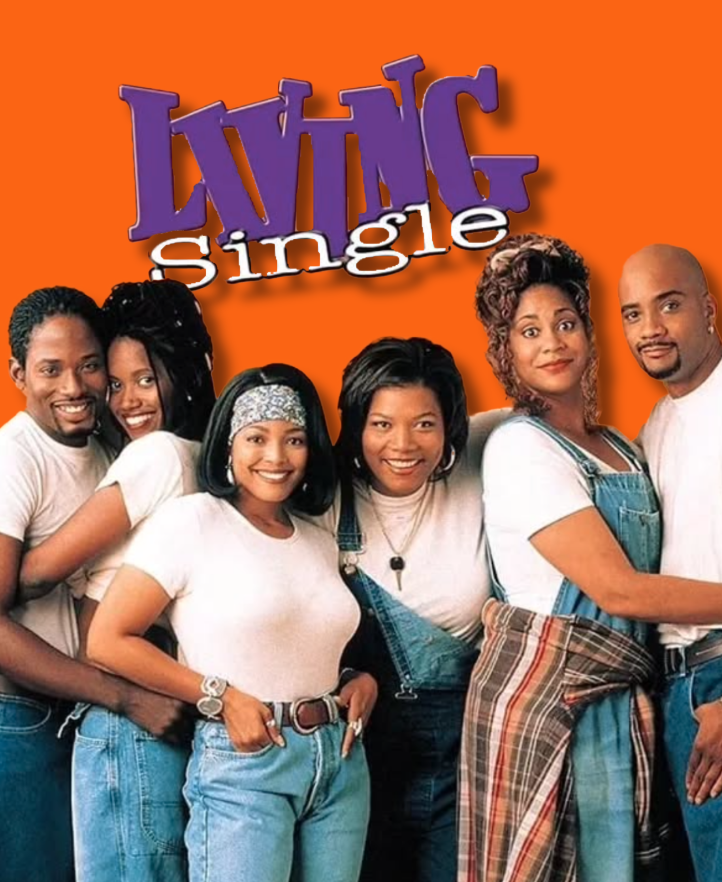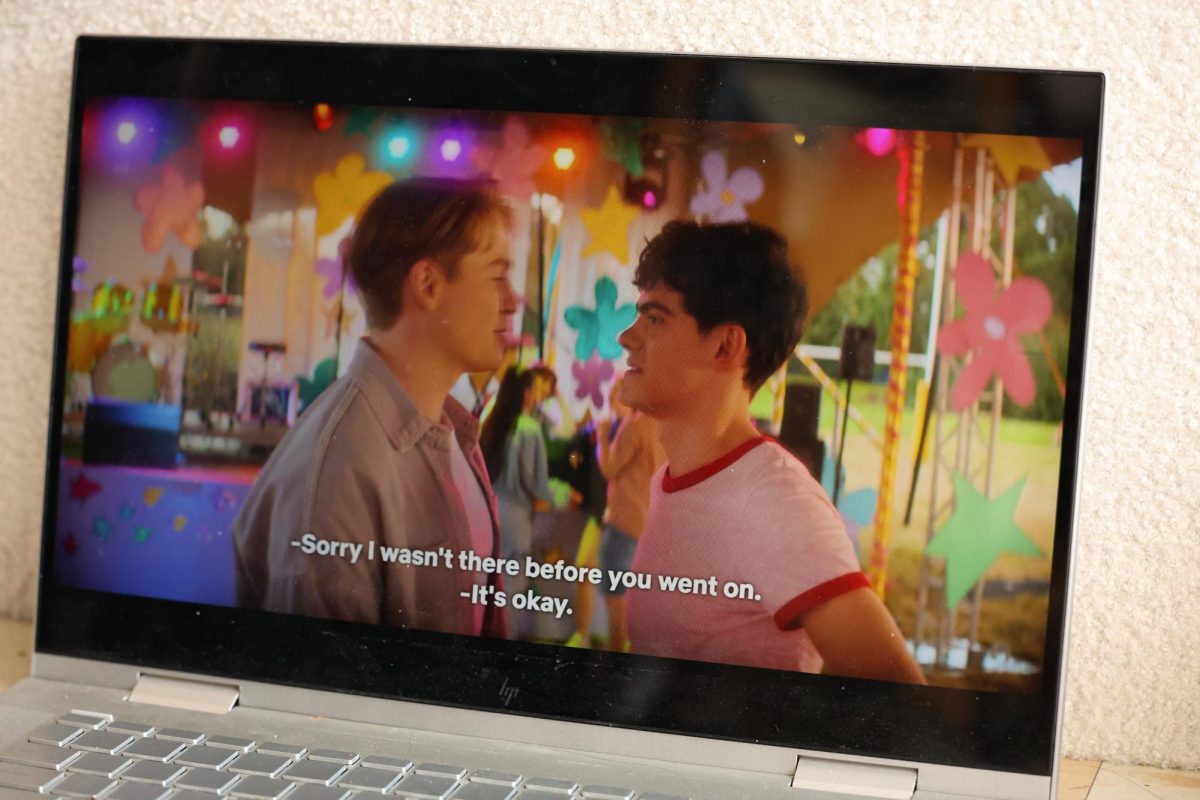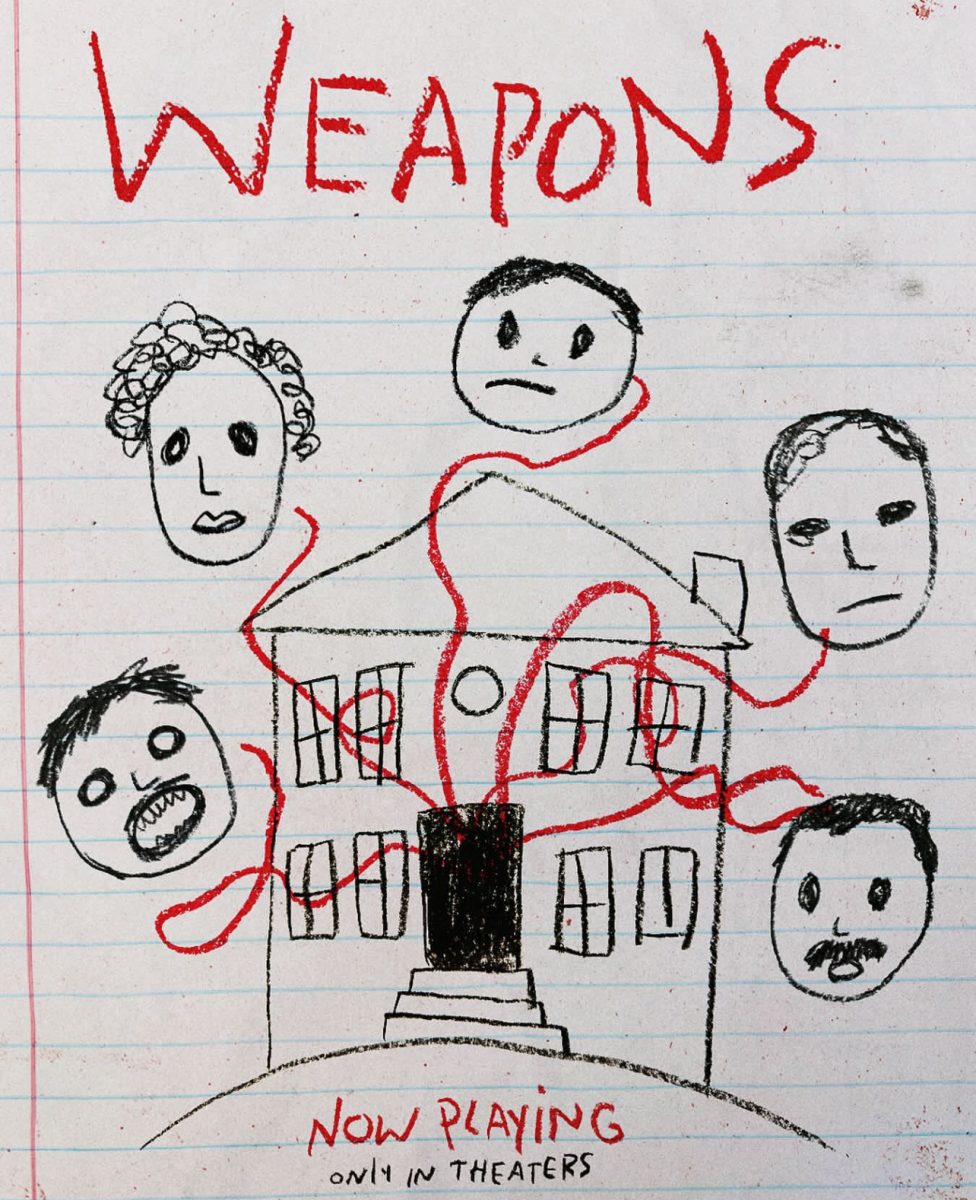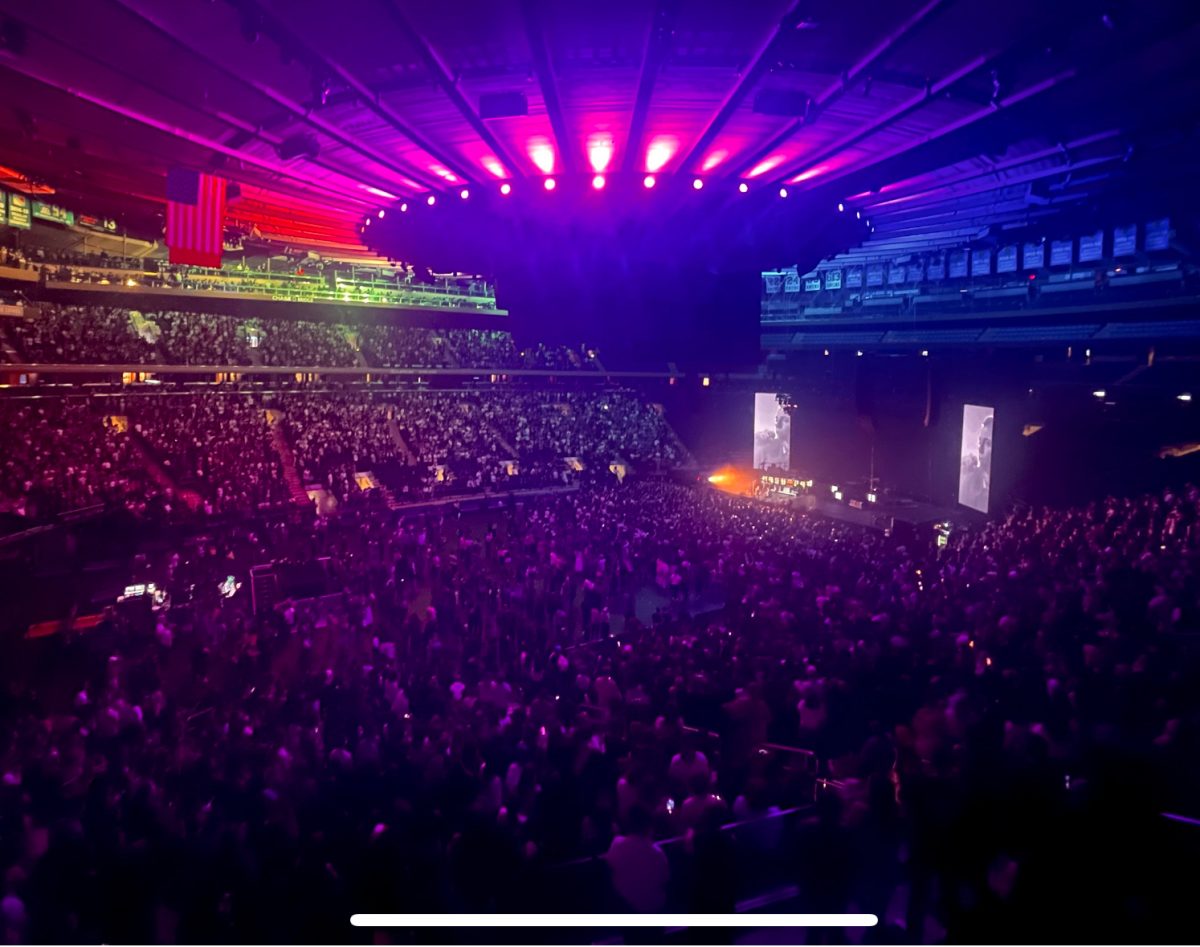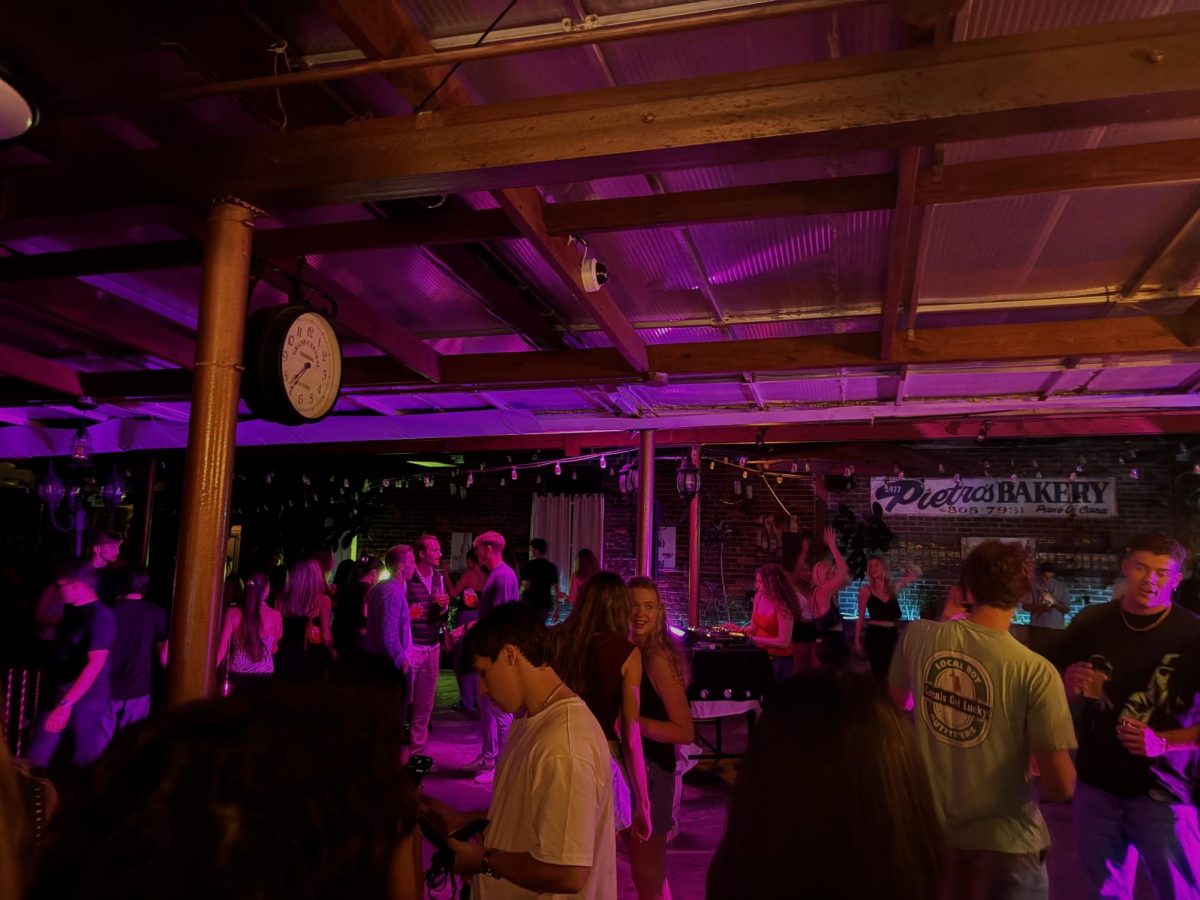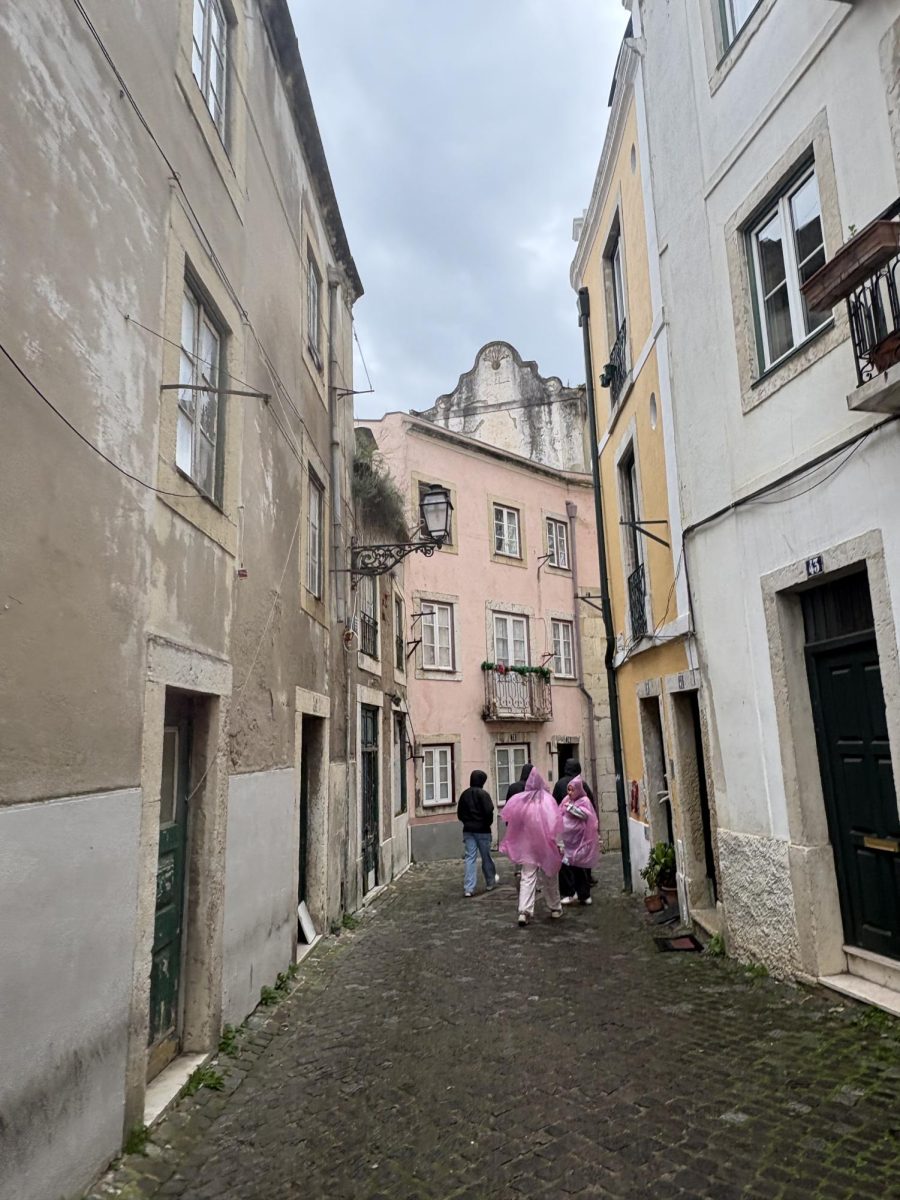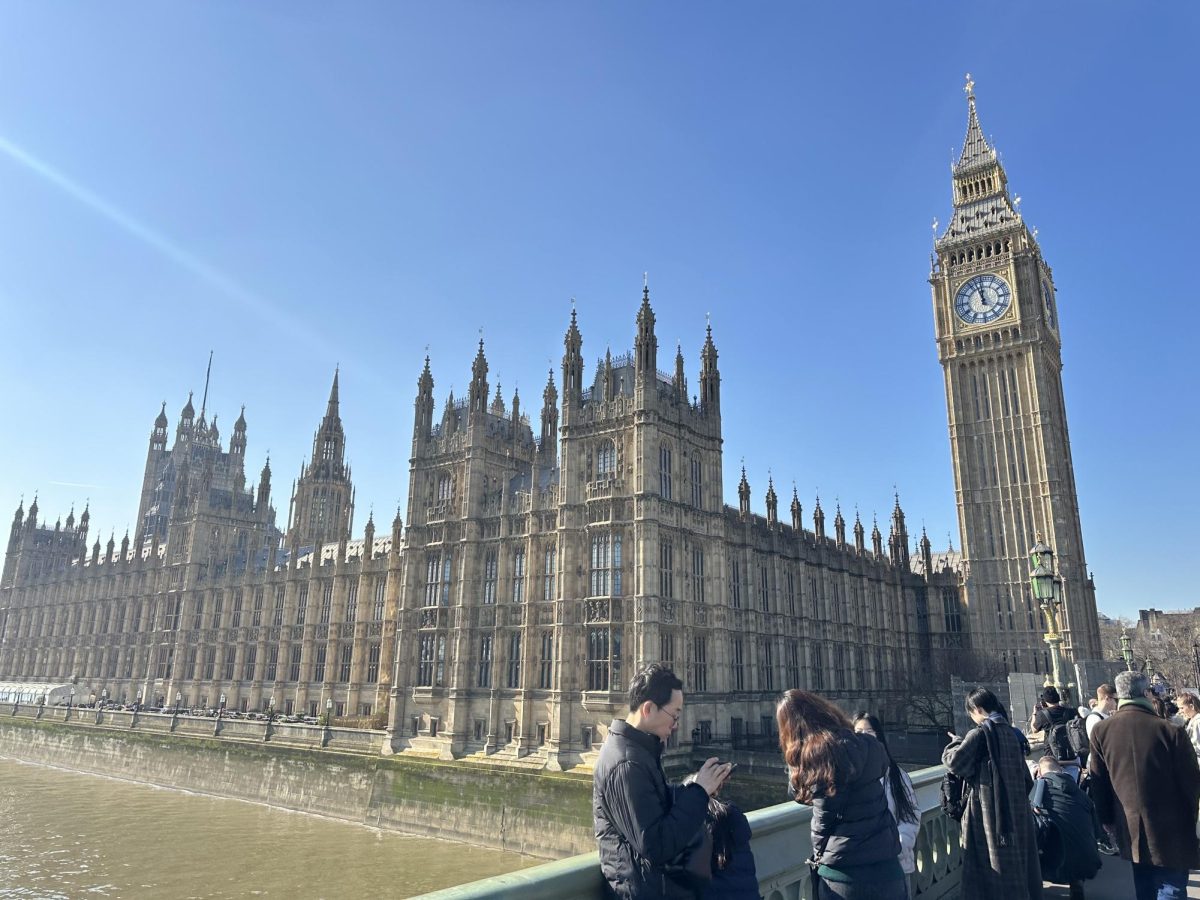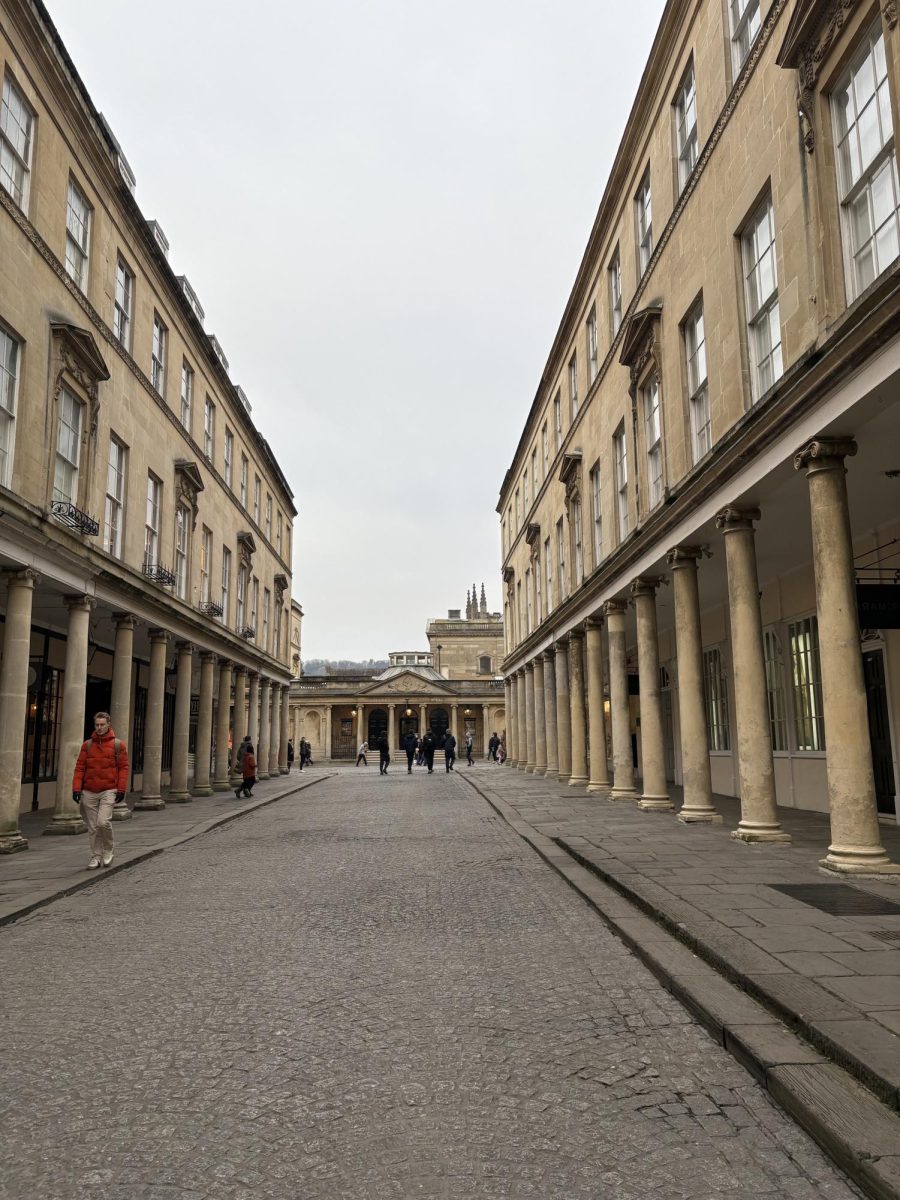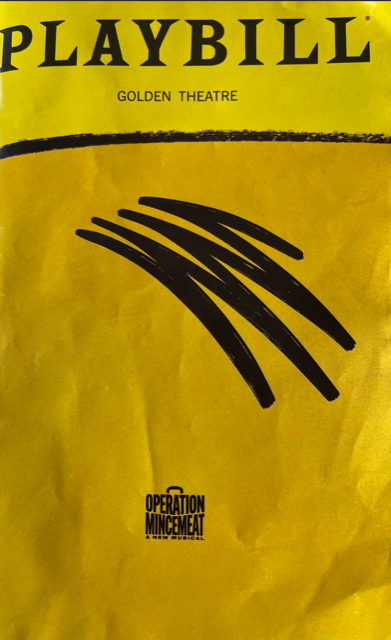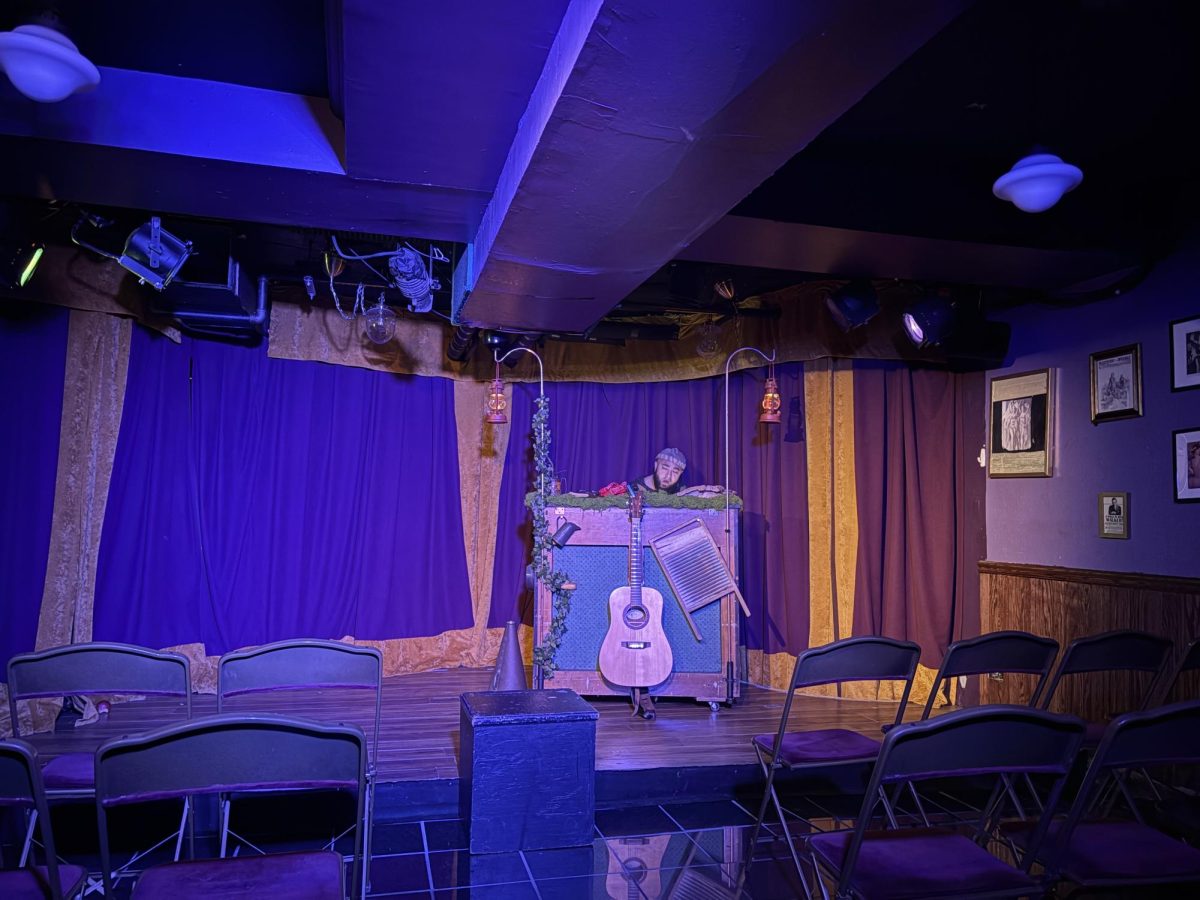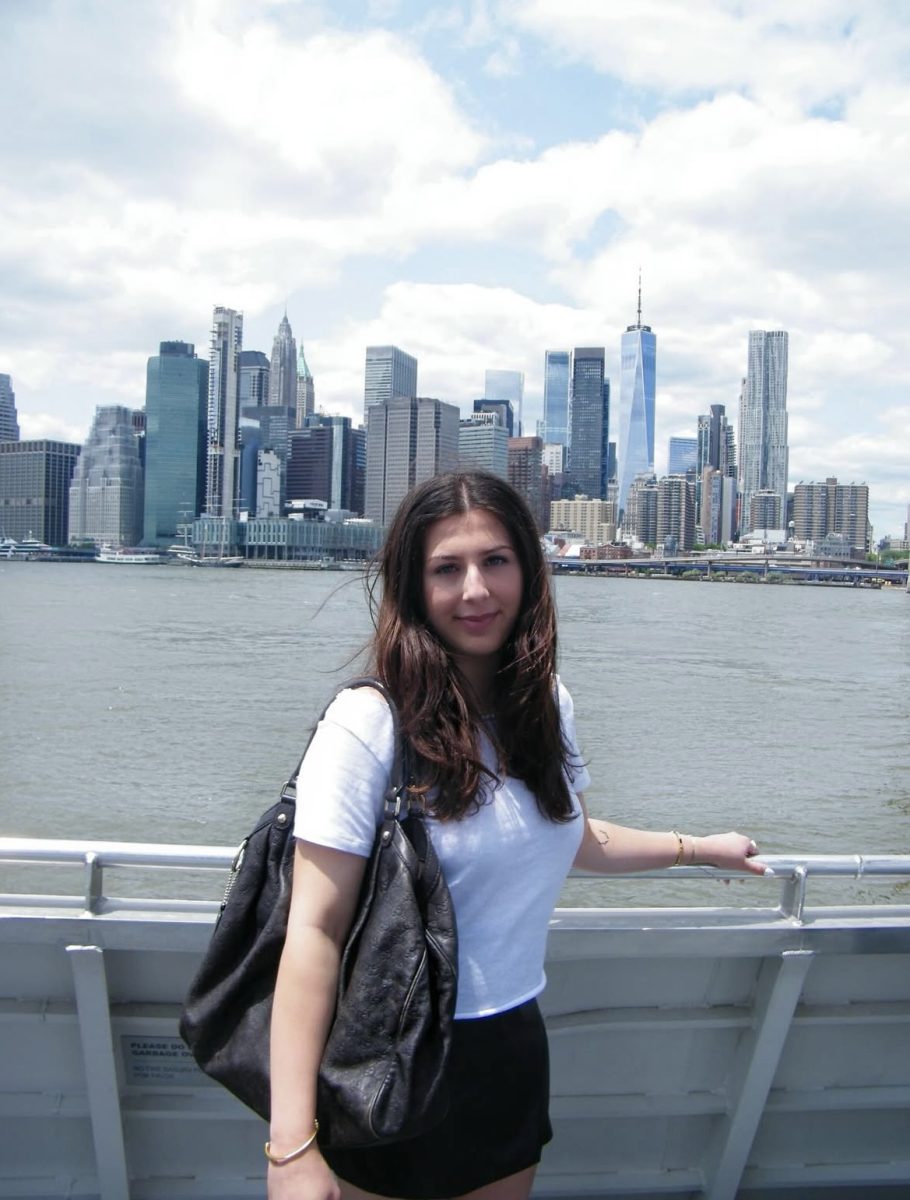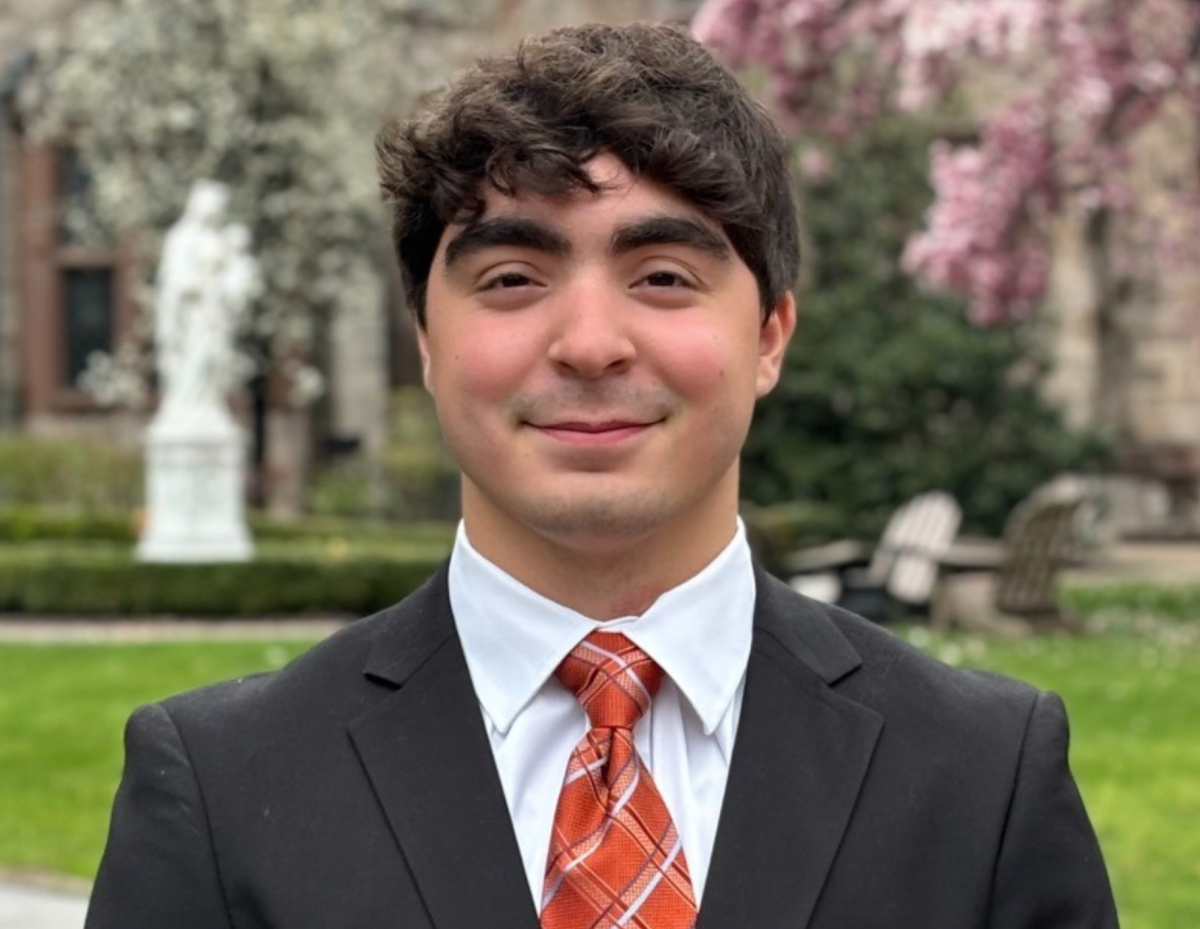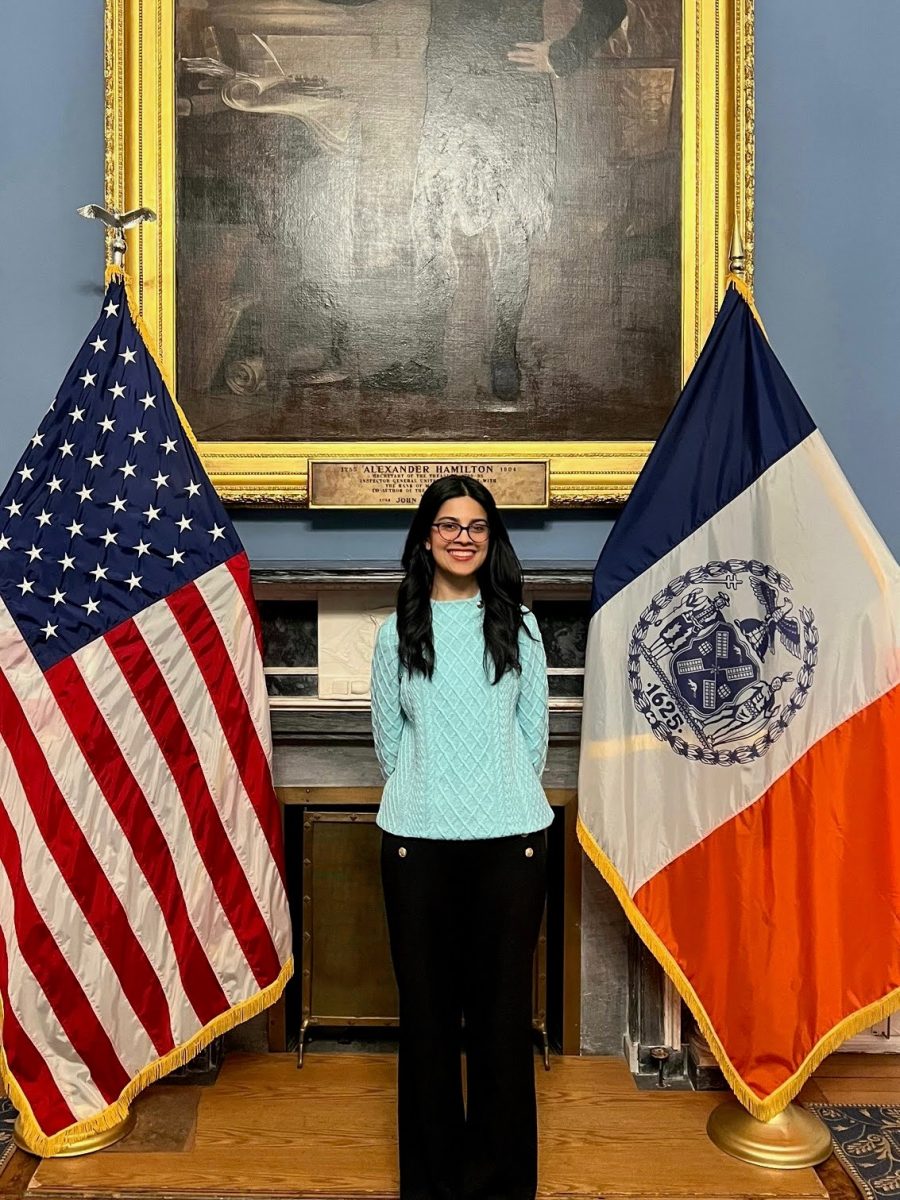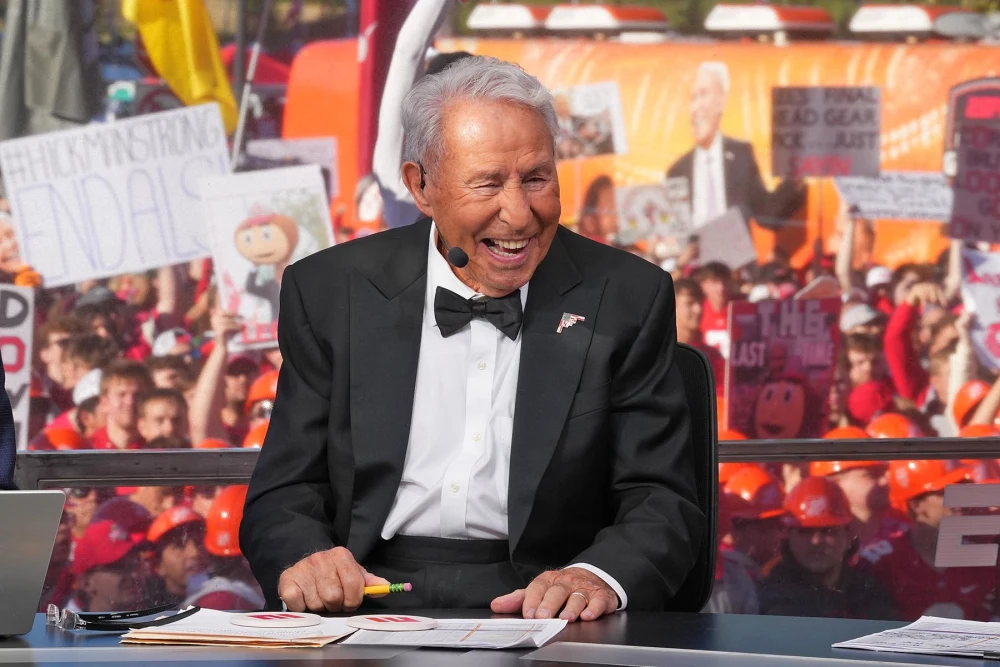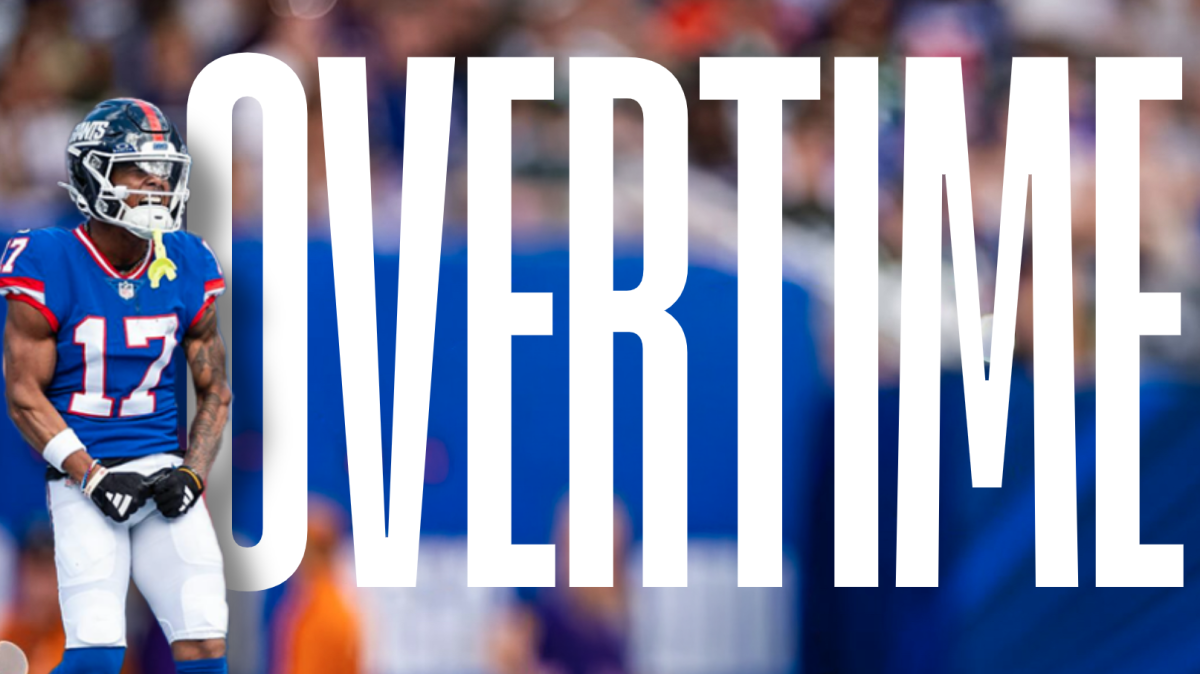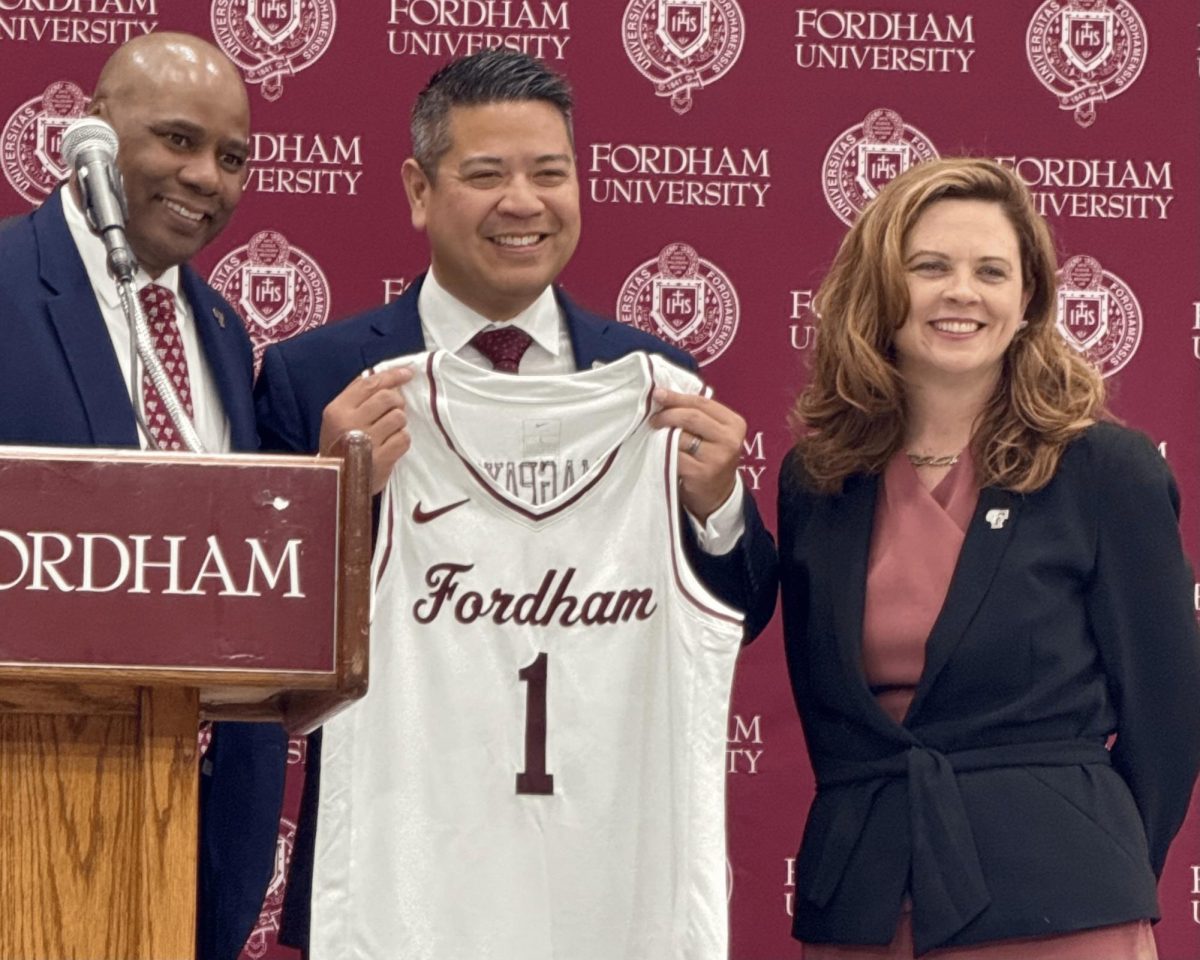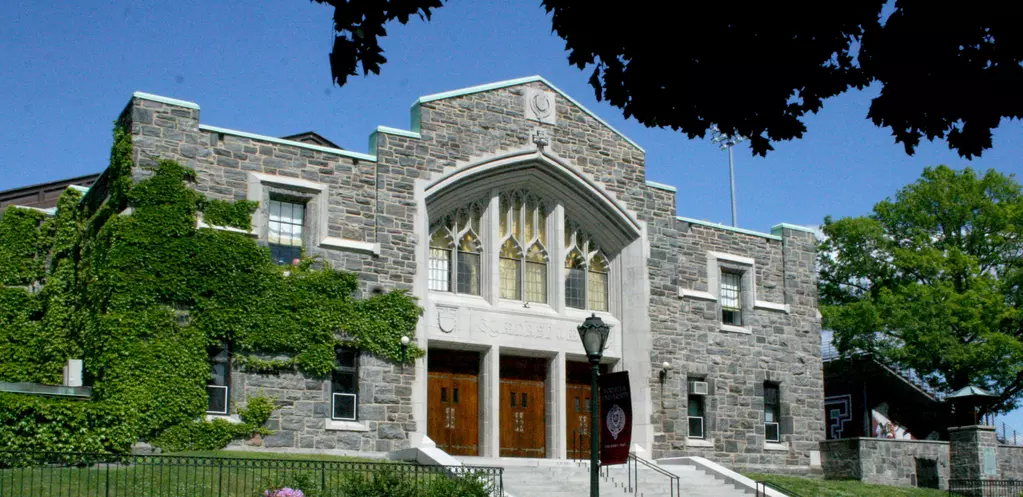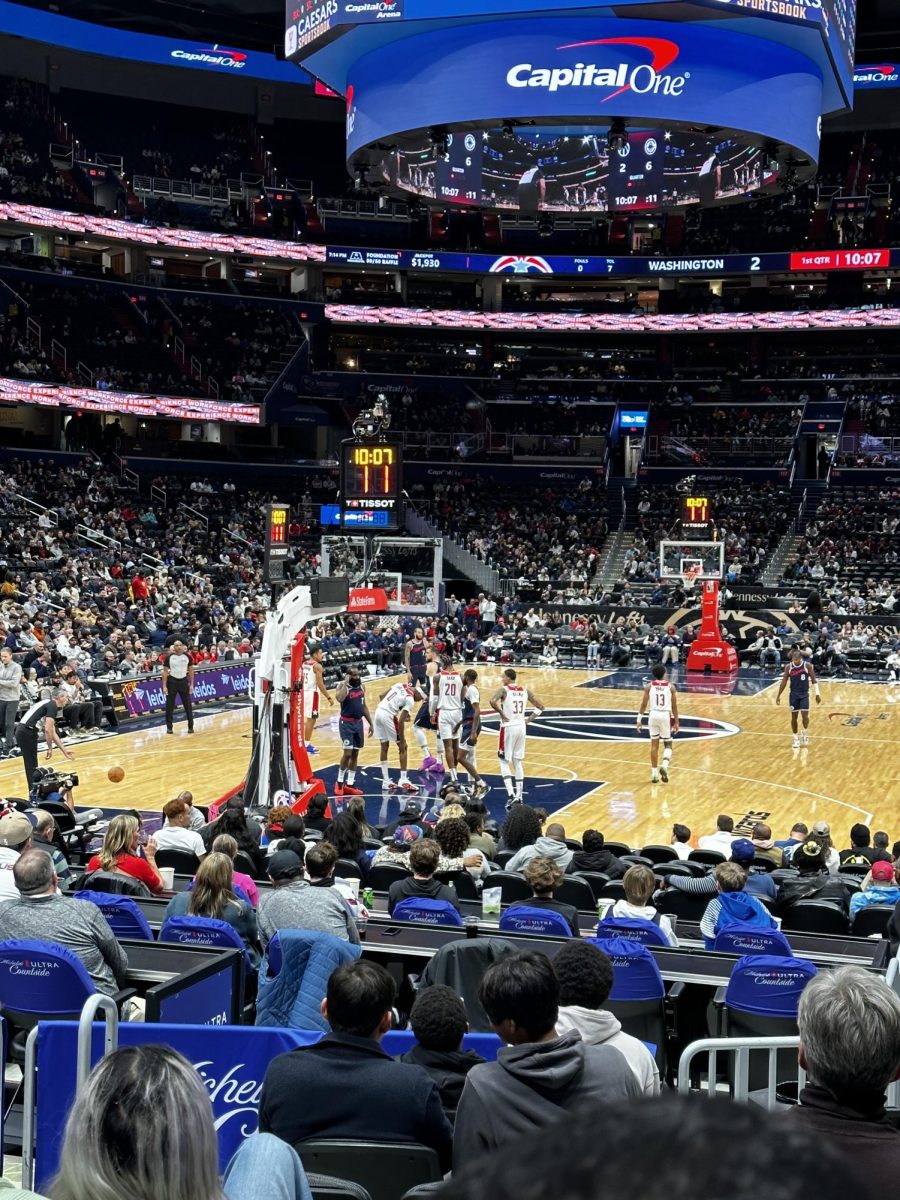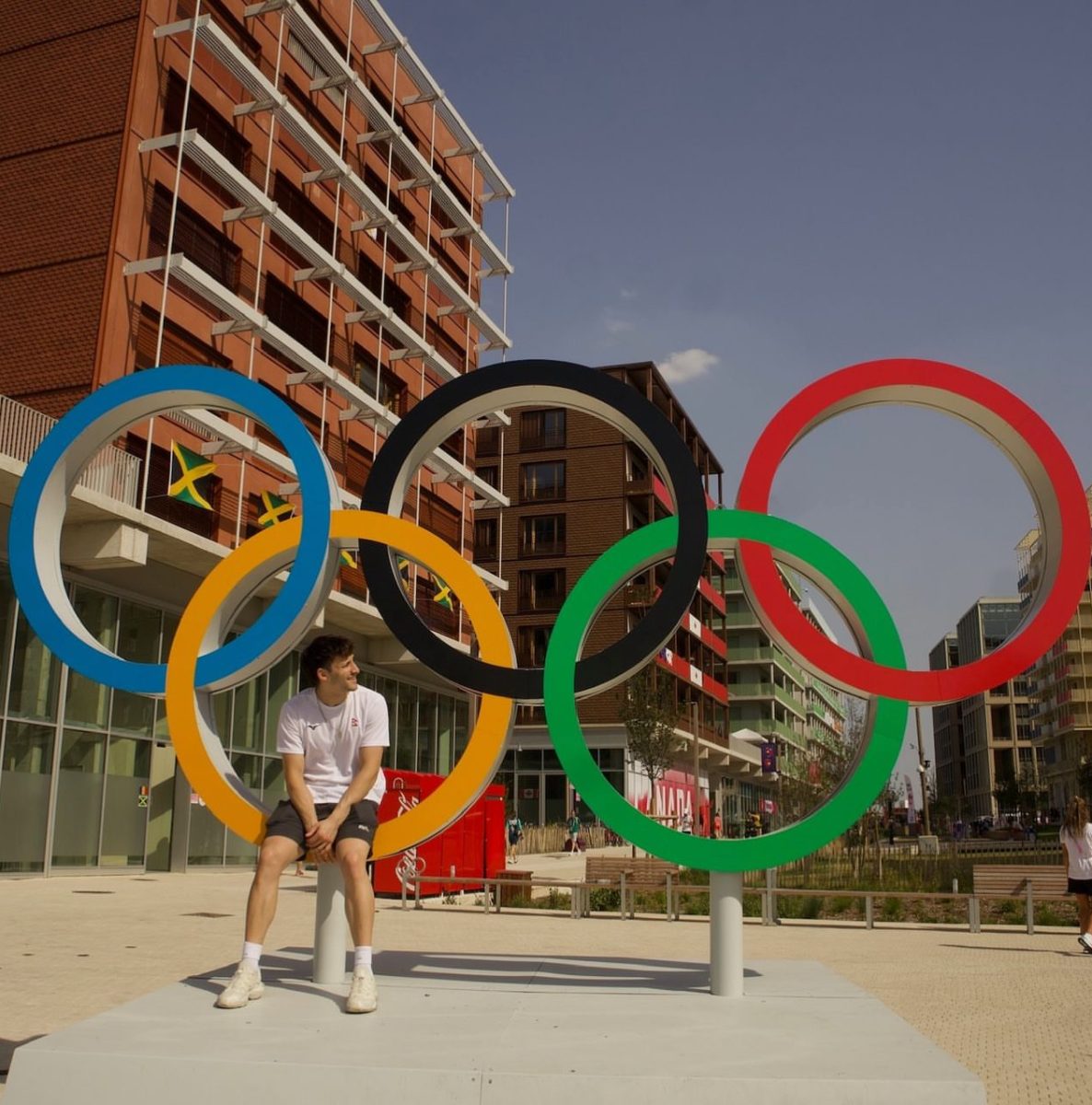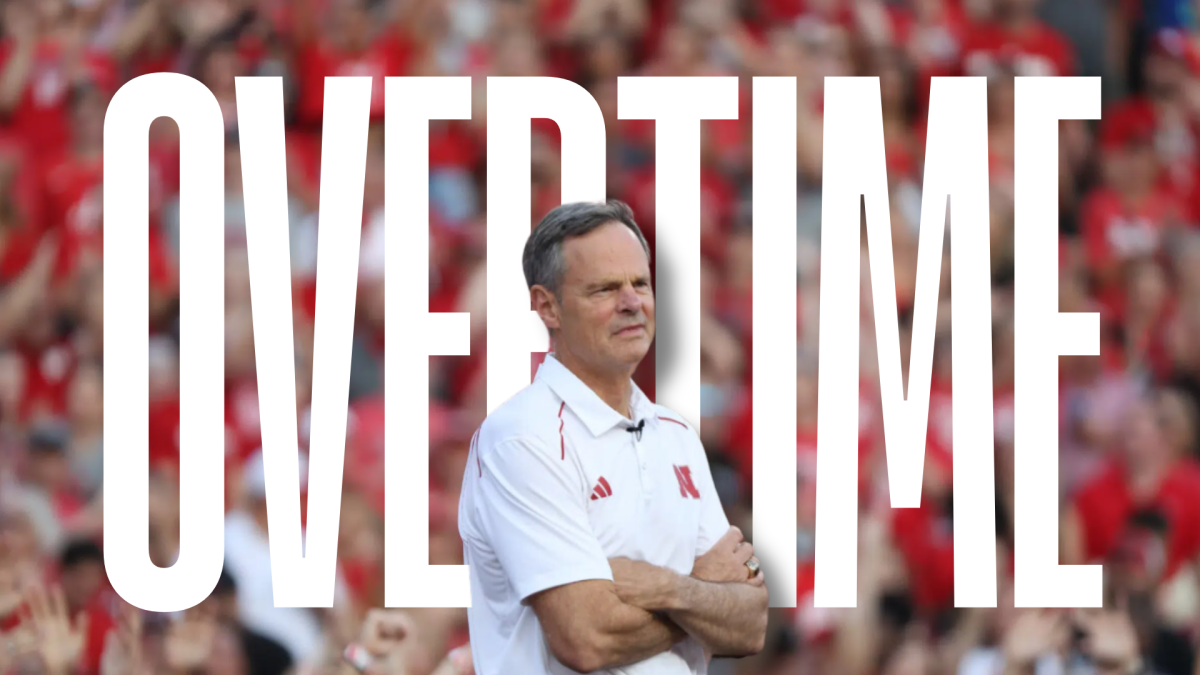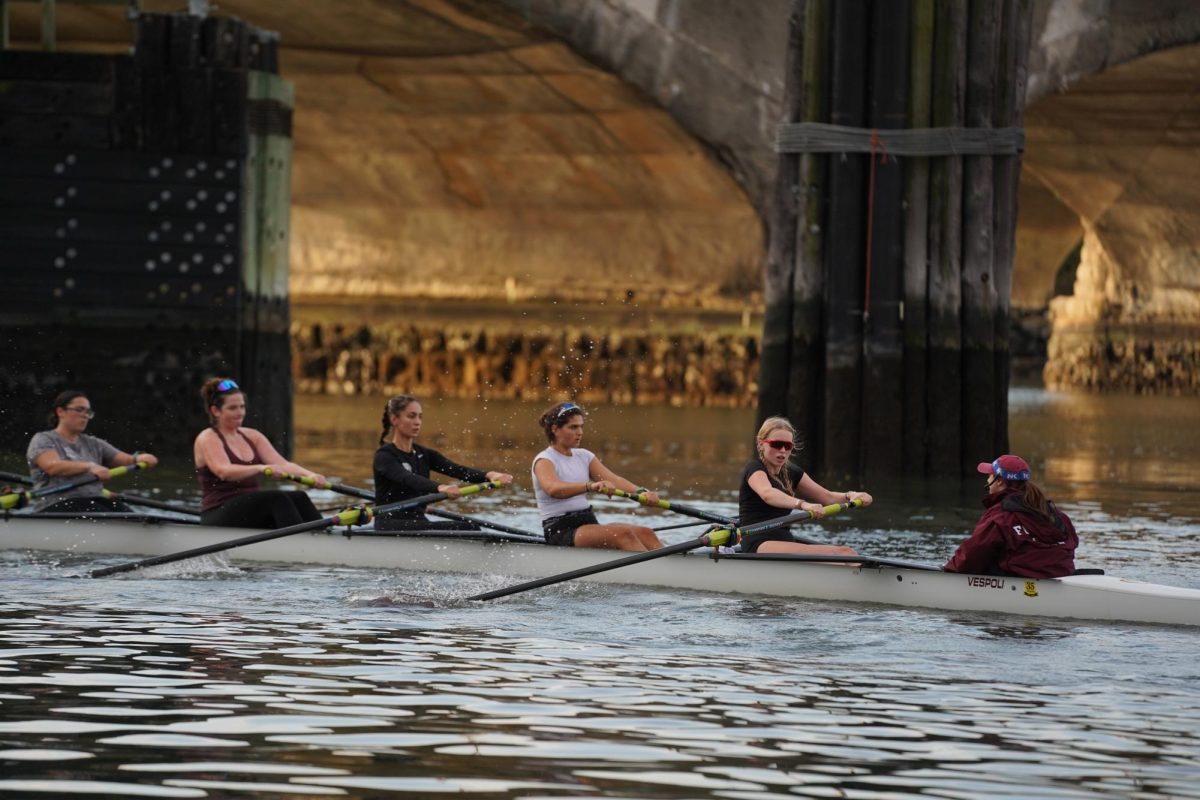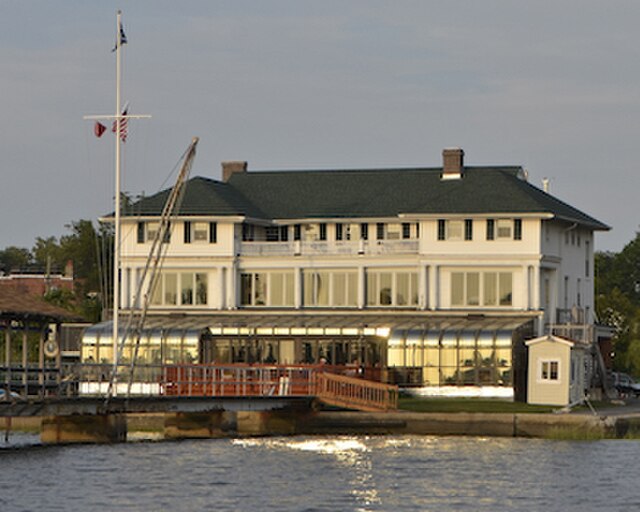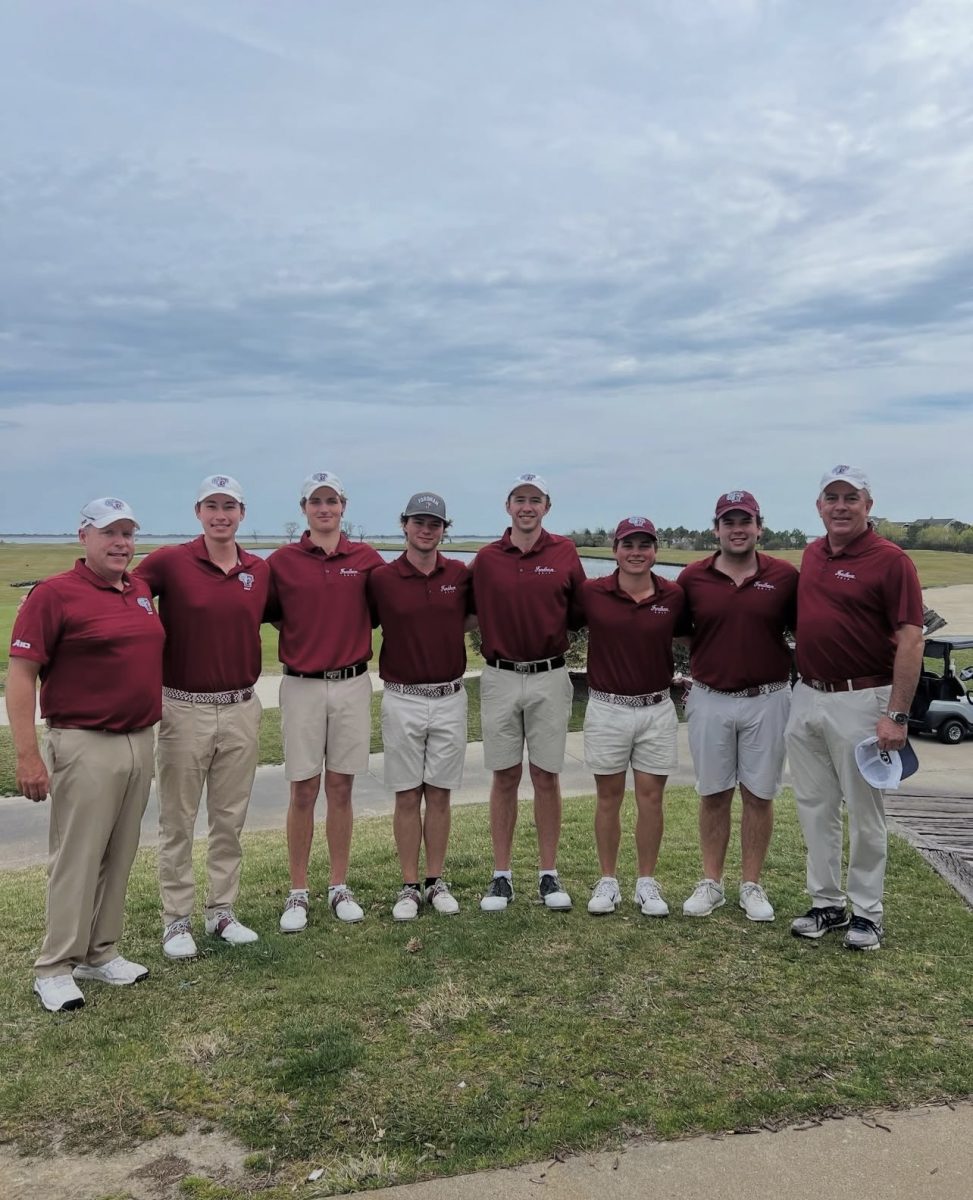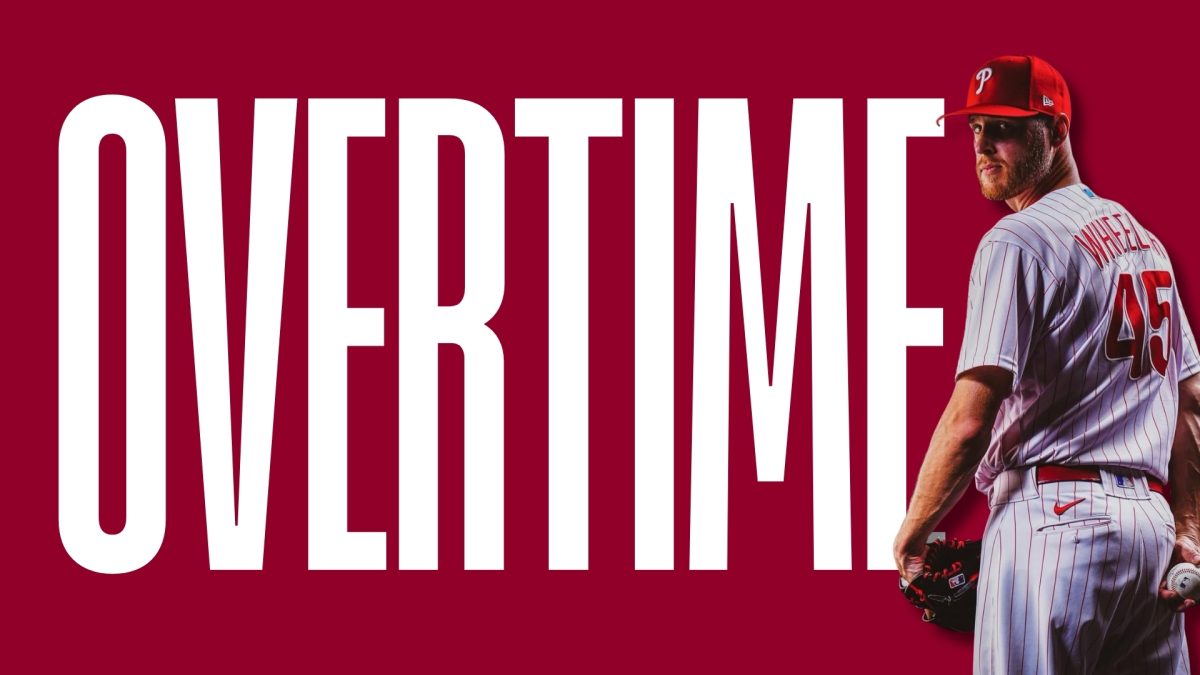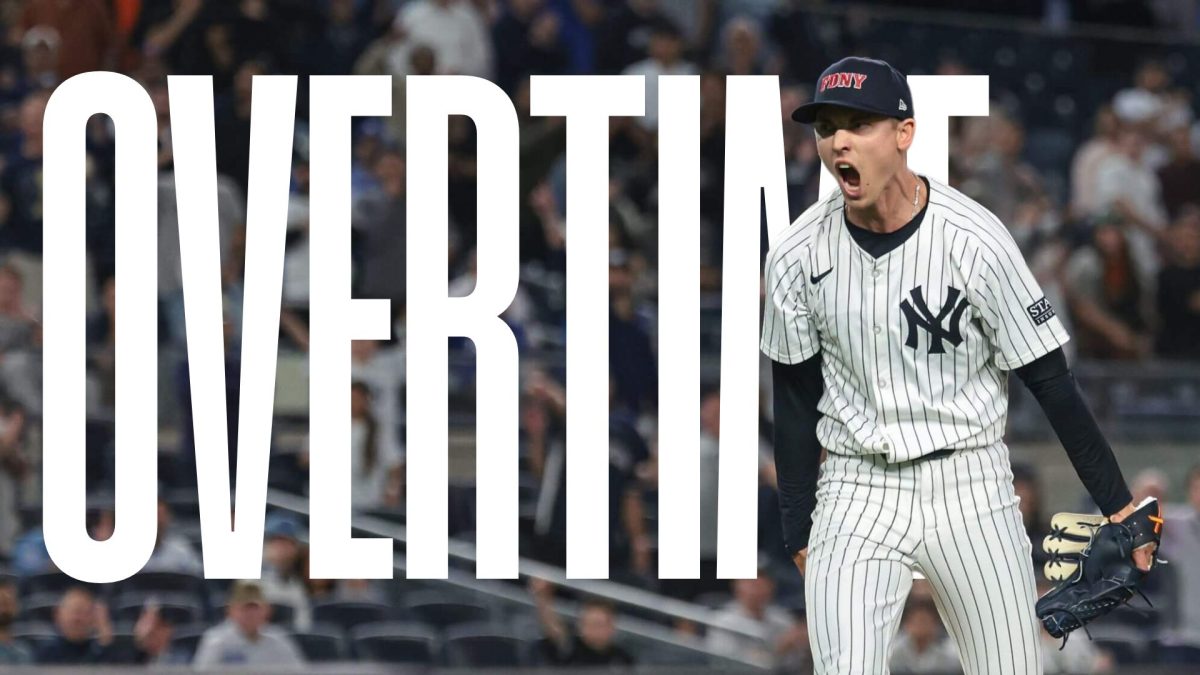Despite all of modernity’s terrifying features, there is nothing perhaps more troubling than just how willingly contemporary American society has rushed into gambling’s open and conniving arms. Humanity’s oldest pastime (and dangerous addiction) has become, in a word, ubiquitous — just turn on any sports-related television and you will encounter a gambling advertisement every 13 seconds. Just talk to any younger man and there is a 50% chance that he will be sure to ramble on about how this is the week that his parlay finally hit; drive down any major highway and it is almost guaranteed that a squadron of billboards for all the casinos in the area will fly past your window quicker than you can possibly count.
And, rather sadly, this already leviathan-like influence that gambling holds over everyone is only likely to grow in the coming years, especially in New York City. This, of course, is due in large part to the fast-approaching climax of a long and sustained effort to bring casinos to New York State that began all the way back in 2013 when New York voters’ approved a constitutional amendment that authorized the expansion of casino gambling. Put more specifically, New Yorkers are facing a future in which gambling may very well become a physically-real and substantial part of their everyday lives, as state officials on the New York Gaming Facility Location Board and Community Advisory Committees (CAC) are currently deciding how and whether they would like to doll out up to three casino gaming licenses to allow for the construction of three possible New York City casino complexes.
Naturally, seeing as the Fordham University community is irrevocably a part of NYC’s cultural, socioeconomic and political spheres, The Fordham Ram would be remiss if it did not offer up its own input on what may be one of the largest and most consequential developments/projects in New York City history. Thus, it is the opinion of this editorial board that every member of the Fordham community should protest the approval of these casinos at every level, as these massive gambling complexes pose a significant threat to the cultural and environmental fabrics of NYC.
First looking at the cultural considerations informing The Ram’s rejection of these potential NYC casinos, it should be noted that many of the eight proposals which are still on the table are likely to involve major disruptions to the quality of life in nearby residential areas. Namely, by developing major luxury casinos that will attract massive tourist populations into the area, developers not only run the risk of increasing the present noise, traffic and belligerence levels to an intolerable amount for the surrounding residential areas, but they will also potentially squeeze current residents out of the area by raising nearby rent costs and property taxes. Consider also how the development of these major casino complexes may also necessitate the outright destruction of some of New York’s most treasured cultural sites (e.g., Nassau Coliseum, Ferry Point Park, etc.). Perhaps most notable amongst these potential victims of casino disruption and destruction is the legendary Coney Island itself — the target site of Thor Equities, Saratoga Casino Holdings LLC, Legend and Global Gaming Solution’s “The Coney” casino complex.
The drastic environmental impact of building these casinos can also not be understated or ignored. In short, they would be a gash across the face of the little bit of environmental stability NYC has maintained, as some of the proposals would not only literally require the destruction of existing green spaces and parks, but the amount of waste produced and resources consumed by these casinos would also be unfathomably large and environmentally draining. Take, for instance, how certain estimates state that these massive casinos may consume upwards of 750,000 gallons of water a day, or how the increased flow of people into the area would astronomically increase traffic levels — the plans for some of these casinos implicitly reveal this expected increase in traffic by calling for anywhere between 2,500 to 6,327 new parking spots — and thus bring about a major increase in the surrounding area’s air pollution levels.
Finally, even beyond these dire cultural and environmental consequences, the construction of these casinos will also inflame the severity of already-existent social ills. Namely, they would grant greater access to gambling to a population that has already shown a penchant for immersing themselves in all things gambling. The simple reality is this: people who live by casinos, and thereby have greater access to casinos, are more likely to engage in problem gambling. Put more bluntly, an “increased ease of access” leads to an increased frequency of gambling, which itself in turn leads to an increased amount of money gambled. Considering this then, it seems the construction of casinos is just setting up local populations to fall victim to one of America’s fast-growing, yet most dangerous, vices.
However, credence must be given to the potential benefits of a trifecta of casinos across New York. As with any major development, these casinos would bring with them the possibility of a glut of new jobs and tourism. Take, for instance, the aforementioned proposed casino in Coney Island — that project alone would not just bring in 8 million visitors annually (people who could then theoretically patronize local businesses), but it would also support 15,000 construction jobs and 3,700 permanent unionized jobs. Yet, as New York City Council member Justin Lee Brannan has so aptly pointed out, this economic optimism must be considered in light of the reality that “[c]asinos are designed to keep … your money … inside” their own respective sphere of operations. In other words, while there may be money made and jobs created, it is hard to imagine that there is going to be any sort of meaningful and lasting reinvestment into the community, unless it directly benefits the casinos and the properties/small businesses that they are sure to snatch up when they, like any for-profit corporation, inevitably look to expand in the future.
In light of all that has been just now laid out, it is hard for this editorial board of The Fordham Ram to accept a world in which these casinos will be built. Thus, it calls on everyone to apply as much political pressure as possible to their local CACs, the New York Gaming Facility Location Board and perhaps even their mayoral candidate of choice, in order to make it apparently clear that these casinos are not welcome — the cultural, social and environmental health of New York City may just depend upon it.


